
Visa and entry requirements Zimbabwe:
Passport required
German citizens need a visa to enter Zimbabwe. This is issued upon entry both at the national borders and at the airports.
Visa costs: 55/70 euros
Information from the Foreign Office about your trip to Zimbabwe:
https://www.auswaertiges-amt.de/de/simbabwesicherheit/208948
Zimbabwe, also known as Zimbabwe, is a landlocked country in southern Africa with around 13.8 million inhabitants. The country borders Zambia in the northwest with the Zambezi River, Mozambique in the east, South Africa in the south and Botswana in the southwest.
A total of 15 official African languages as well as English are spoken in the state. The Zimbabwe dollar was the national currency until 2015, but was replaced by the US dollar as the key currency due to hyperinflation. The euro, the British pound and the South African rand are also accepted as means of payment in the country.
Zimbabwe is one of the poorest countries in the world and is dominated by unemployment, hunger, energy shortages and exodus. Almost half of all residents are undernourished, one of the highest rates anywhere. The country is one of the countries most affected by HIV/AIDS in the world, with one in seven adult residents suffering from it. The population consists almost entirely of Christians.
The largest cities in Zimbabwe include Harare, Bulawayo, Chitungwiza, Mutare, Epworth, Gweru, Kadoma and Kwekwe.
The country's surface is almost entirely covered by dry savannah and the flora consists largely of baobab trees, umbrella acacias and liver sausage trees. The highest peak in the country is Inyangani at 2,592 meters.
Zimbabwe's main exports are tobacco, cotton and citrus fruits. In addition, gold mining brings important foreign currency into the state treasury.
Zimbabwe's main tourist attraction is the famous Victoria Falls on the southern bank of the Zambezi River. The highest waterfalls in Africa are connected by a bridge to the northern Zambezi in Zambia in the city of Victoria Falls. The city of Victoria Falls is considered a tourist center from where several surrounding national parks or various other tourist activities such as golfing, bungee jumping, white water rafting, sightseeing flights, safari tours or a visit to the casino can be carried out.
The capital and largest city in the country is Harare with around 1.7 million inhabitants in the urban area and almost 3.7 million in the metropolitan area. The city lies at an altitude of around 1,500 meters, is located in a dry savannah and is the economic center of the country.
The most important attractions in Harare include the Catholic Church, Eastgate Center, Al Abbas Mosque, Heroes Acre National Monument, Tengenenge Farm, Anglican Cathedral, Balancing Rocks, National Gallery, National Handcraft Center, Kuimba Shiri Bird Sanctuary as well as several national parks and wildlife sanctuaries.
In August 2018 I visited Zimbabwe for the first time. Coming from Zambia, I crossed the bridge over the Zambezi at Victoria Falls. In contrast to the other side in Zambia, the Victoria Falls in Zimbabwe are excellently developed. The falls are a breathtaking spectacle, although you'll get wet from almost every vantage point on this side. So a cover that protects against water is absolutely necessary. The Zimbabwe side is ultimately not as exciting and large as the opposite side in Zambia.
In the late afternoon I flew from Victoria Falls City to the capital Harare. Unfortunately, I was unable to leave Harare airport during my several-hour layover due to my own safety. Shortly before the presidential elections in Zimbabwe, there were significant riots and street fighting with numerous injuries and deaths.
At night I continued my journey via Addis Ababa to the two Congos.

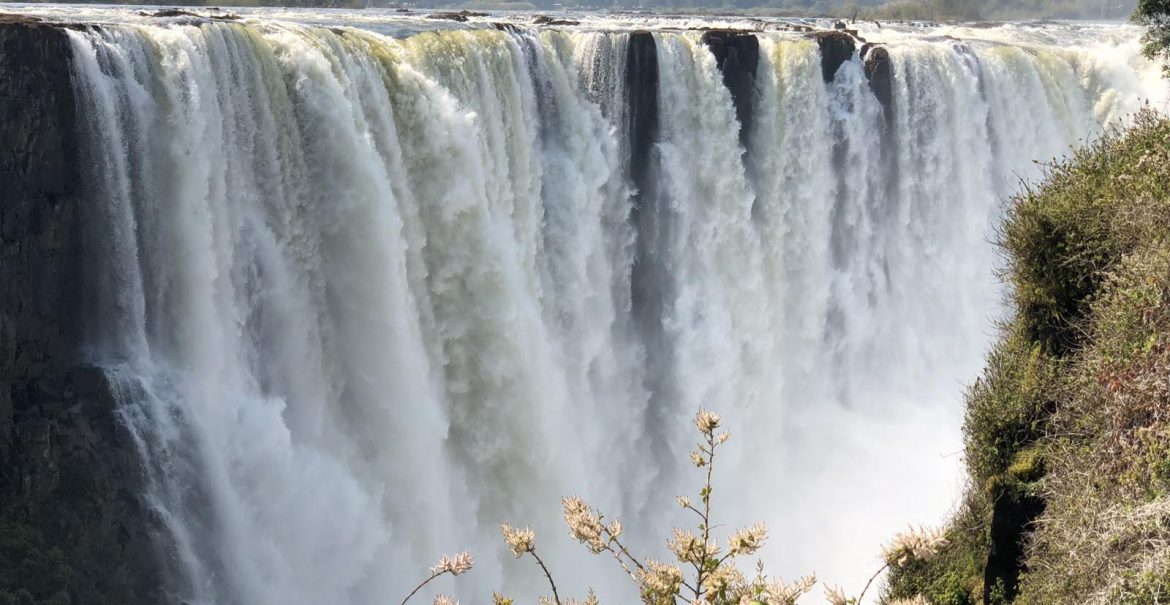
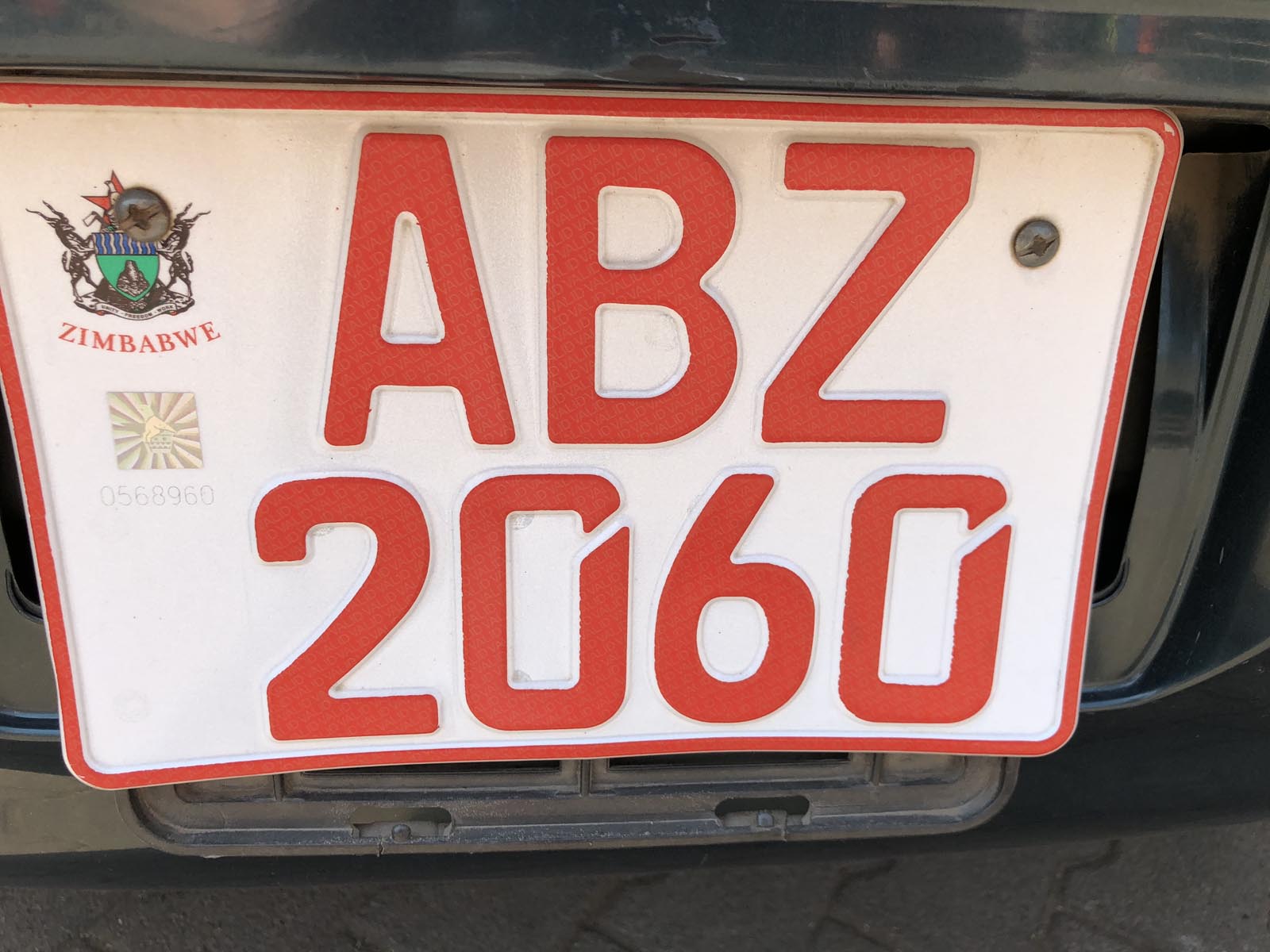
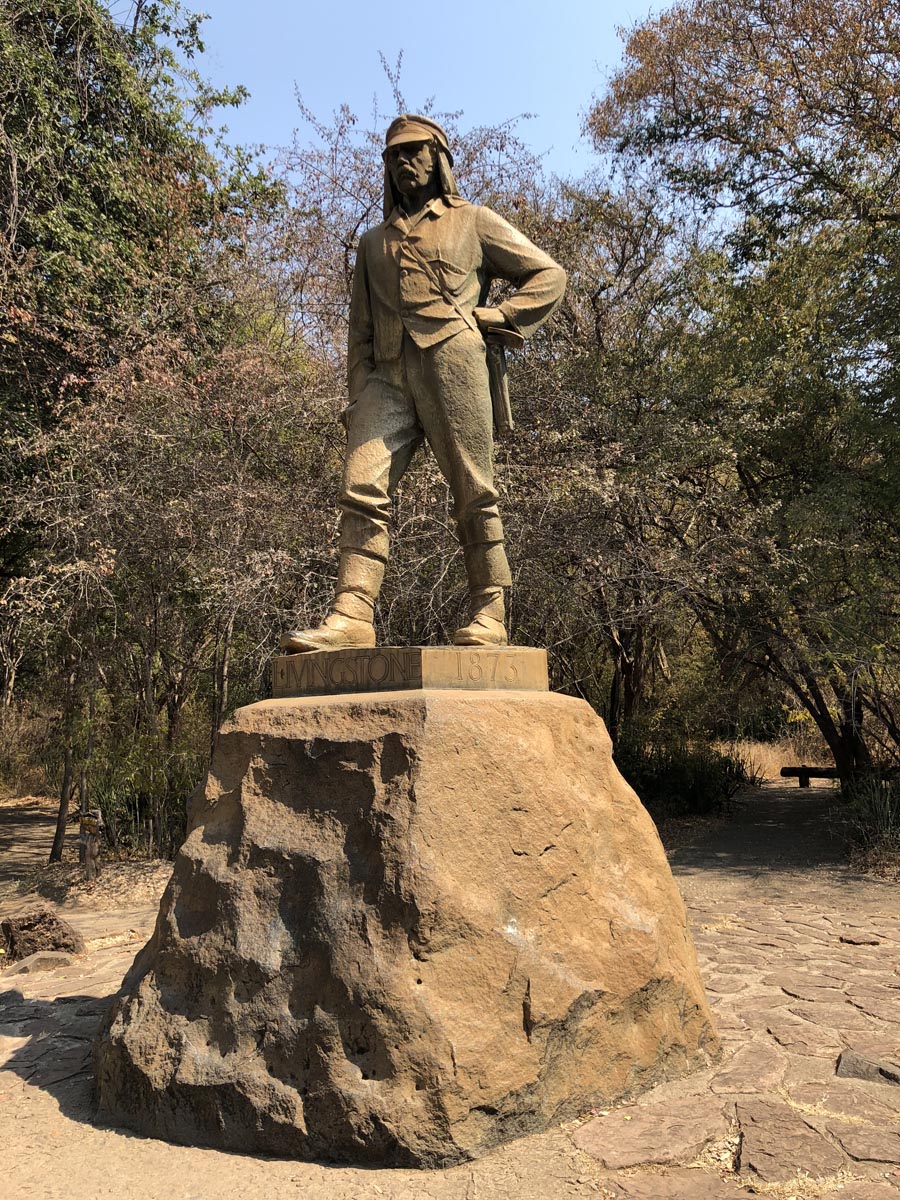
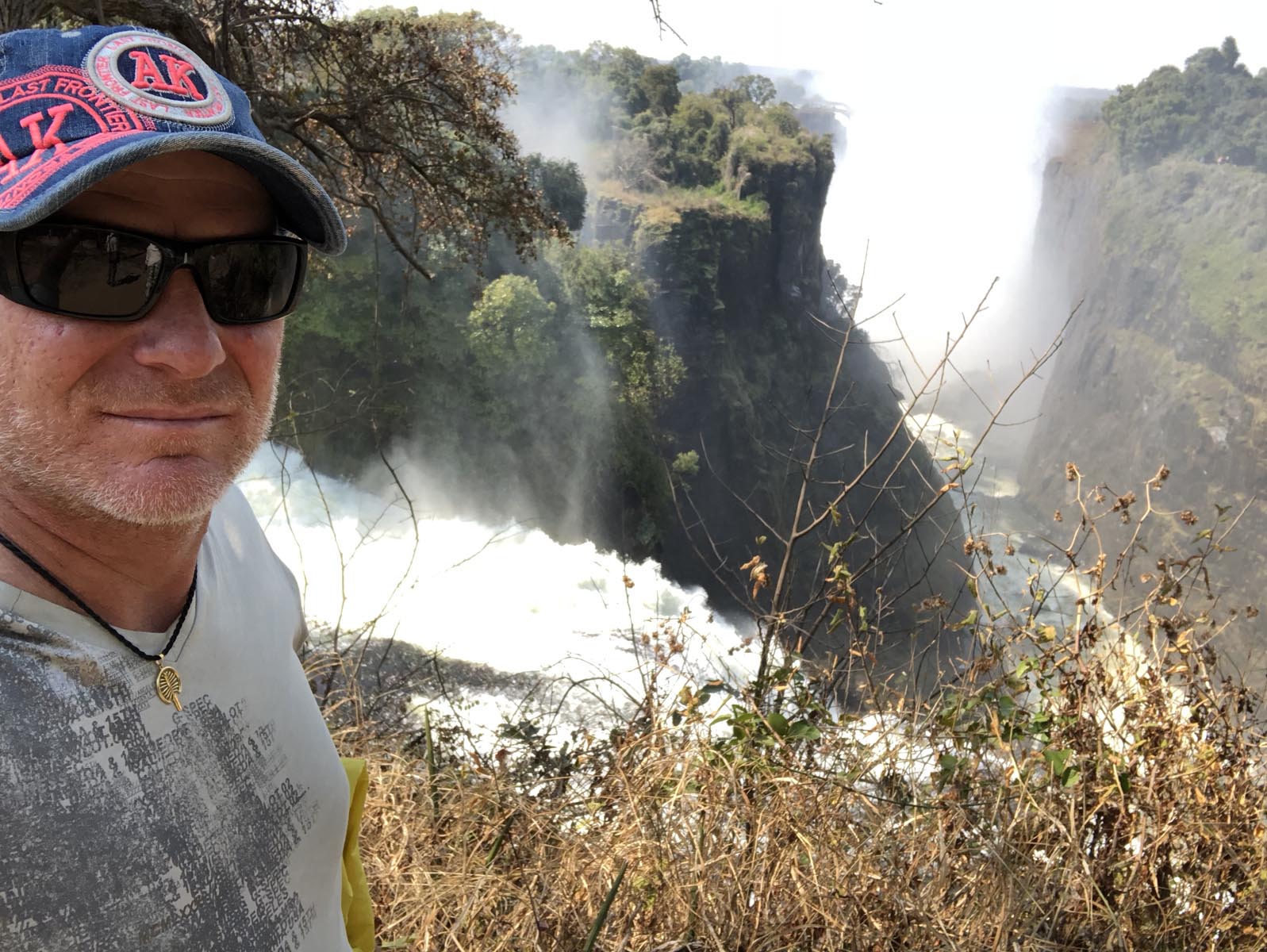
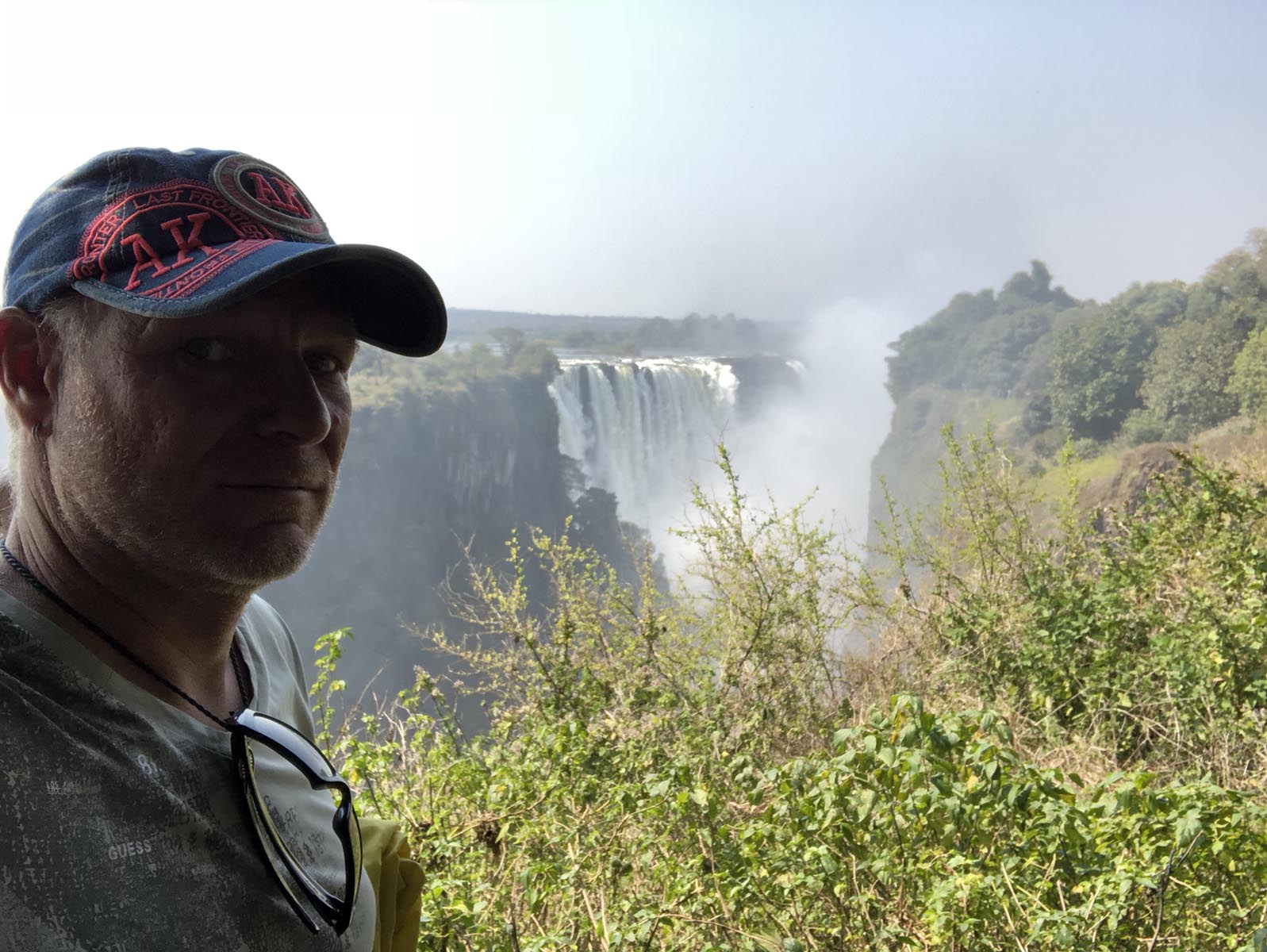
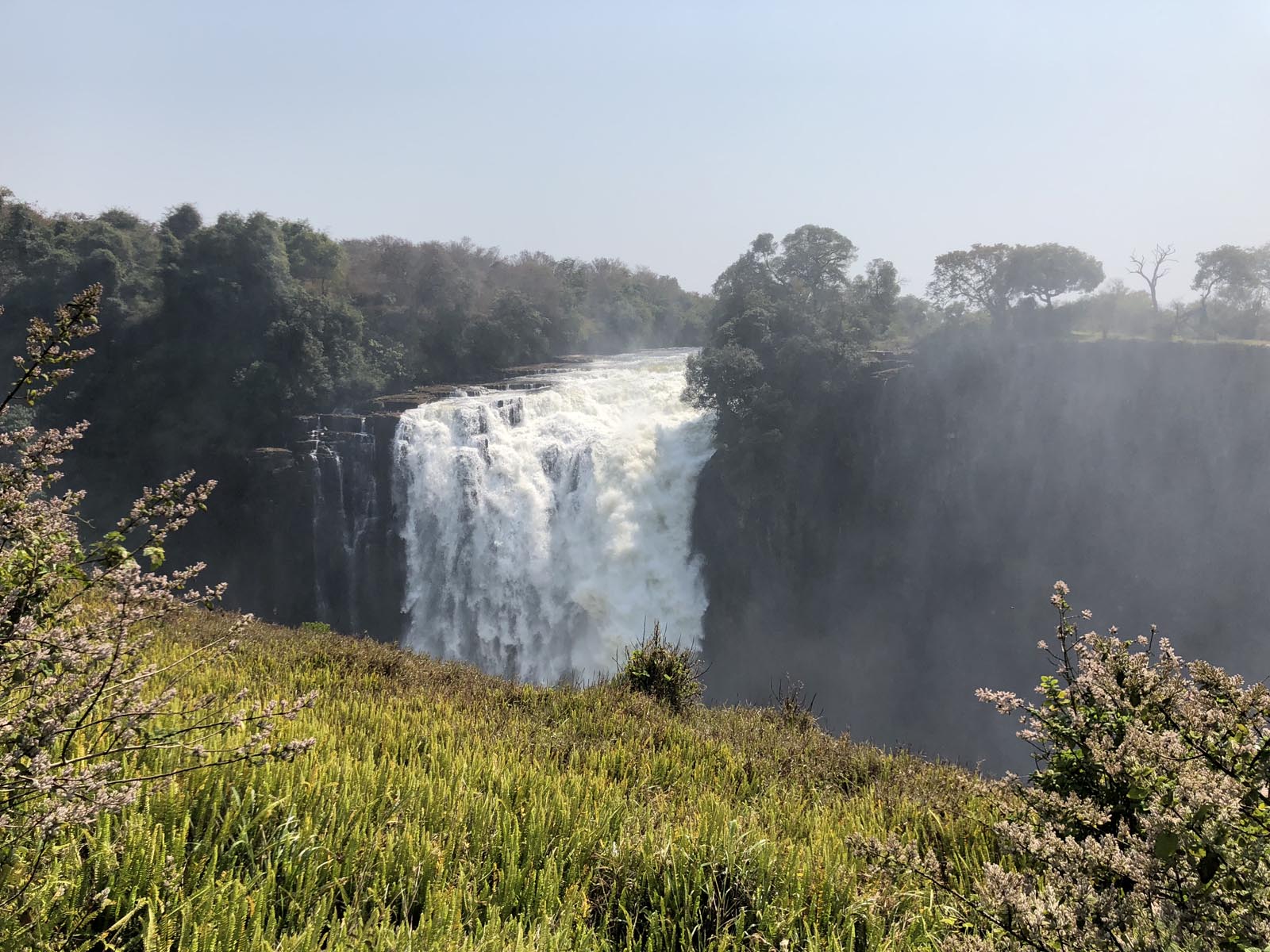
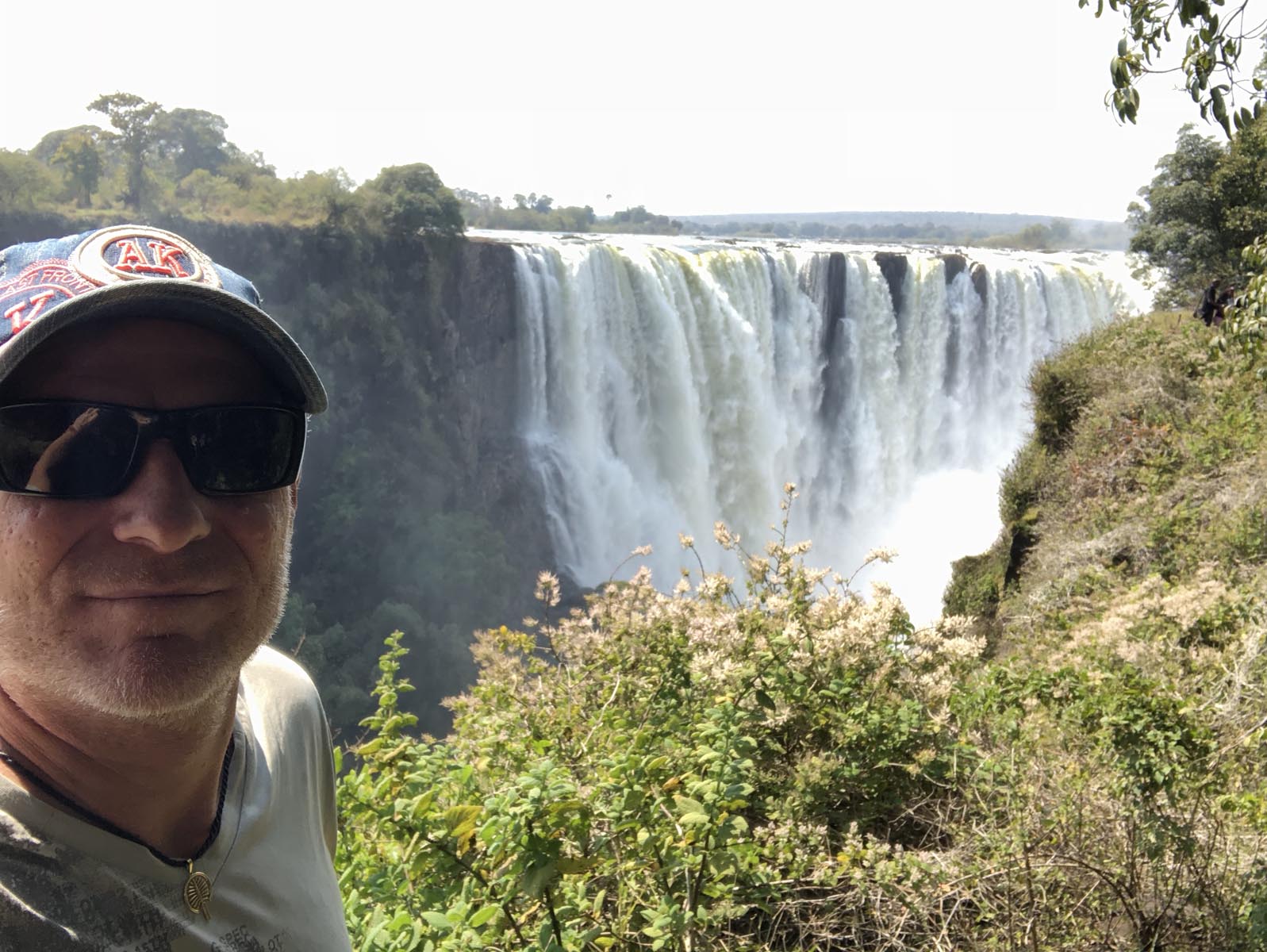
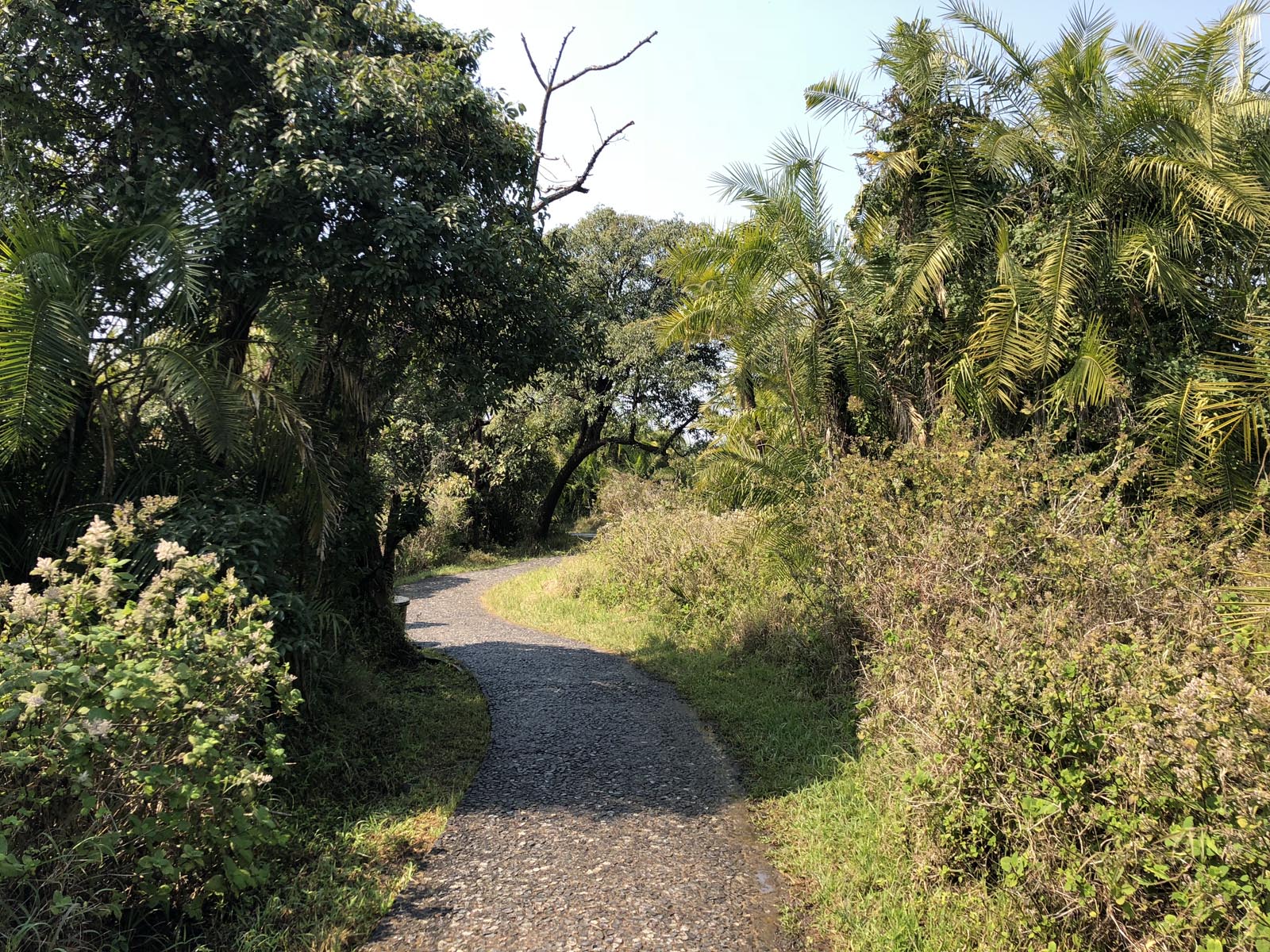
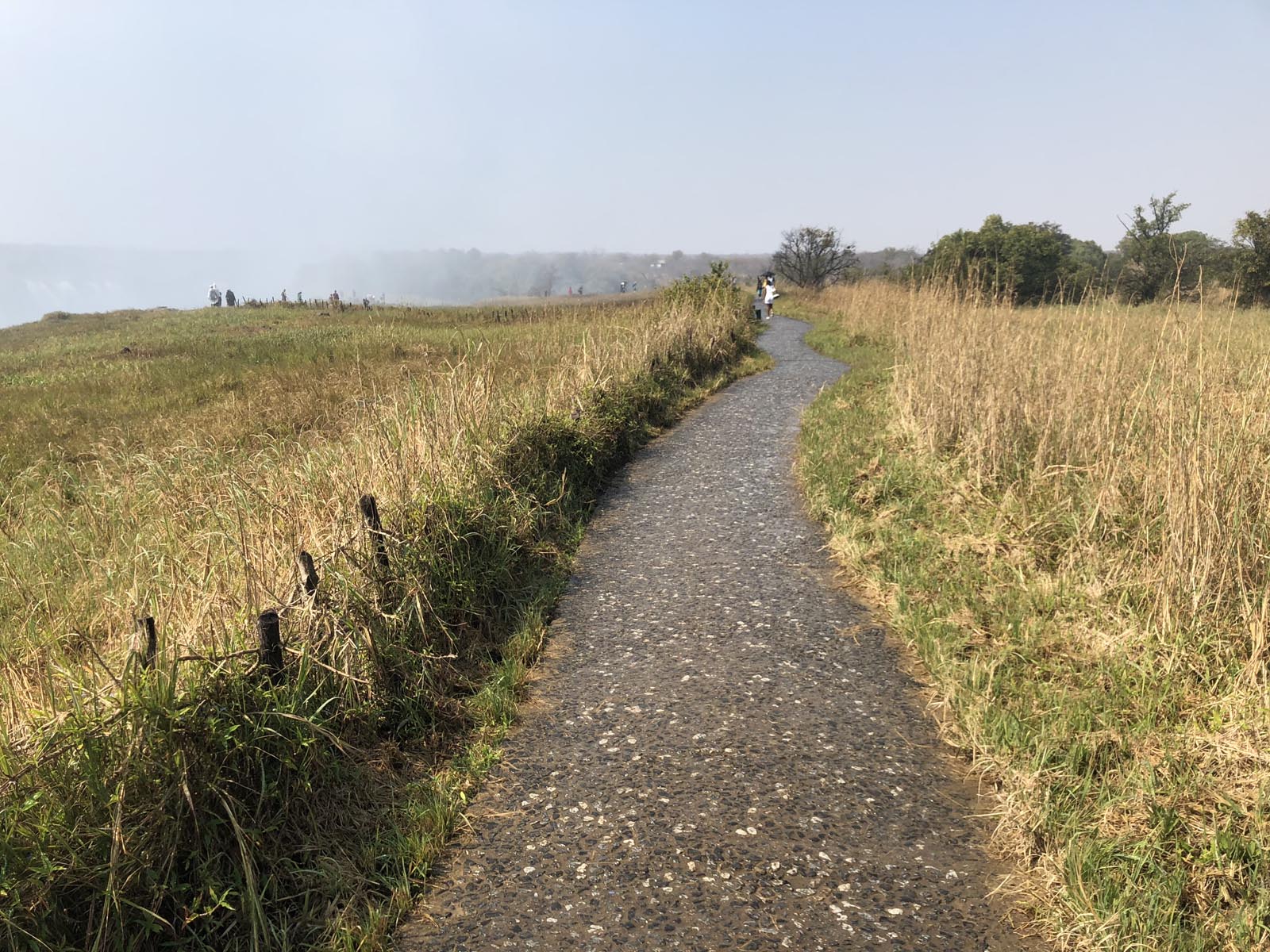
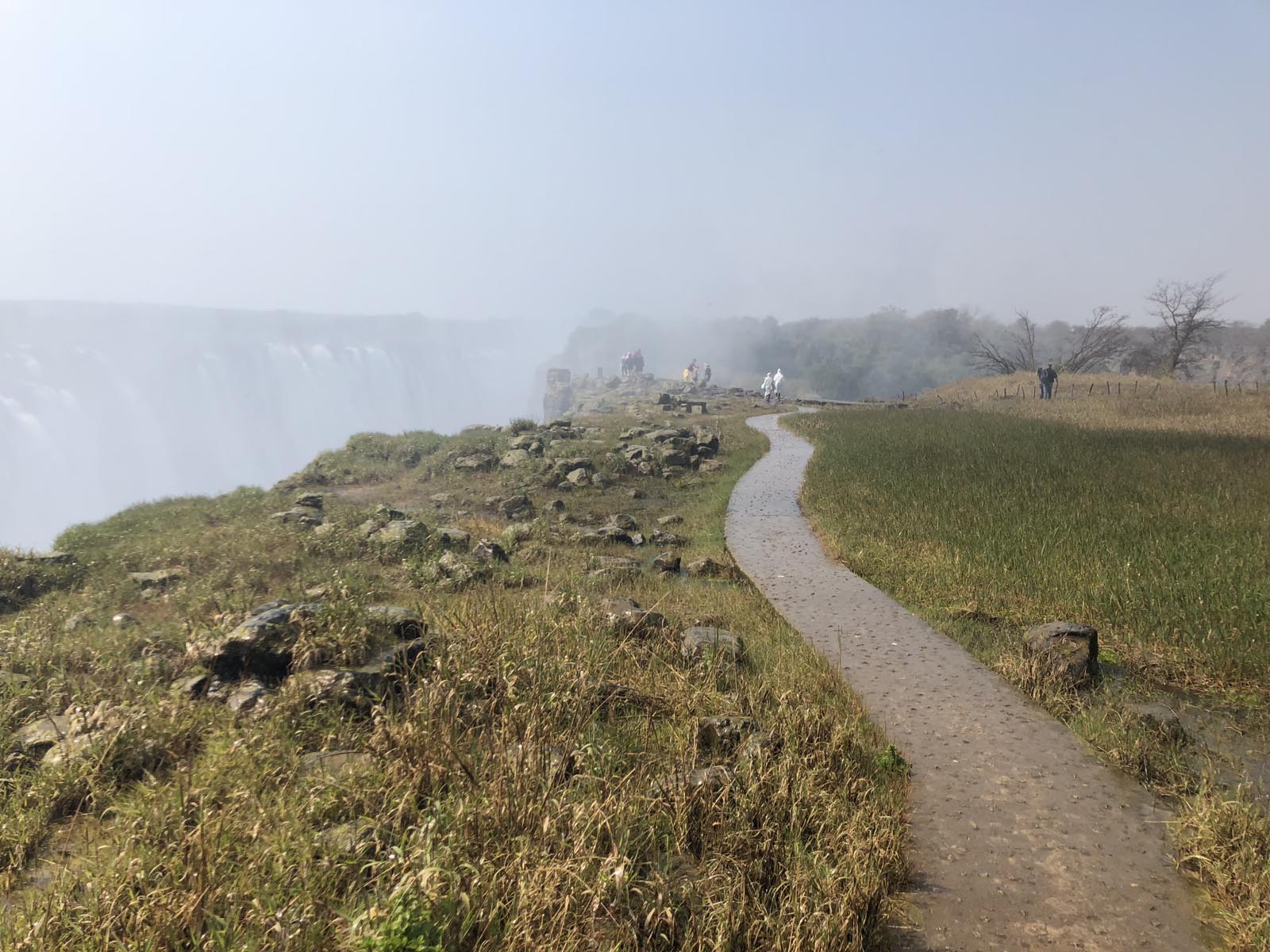
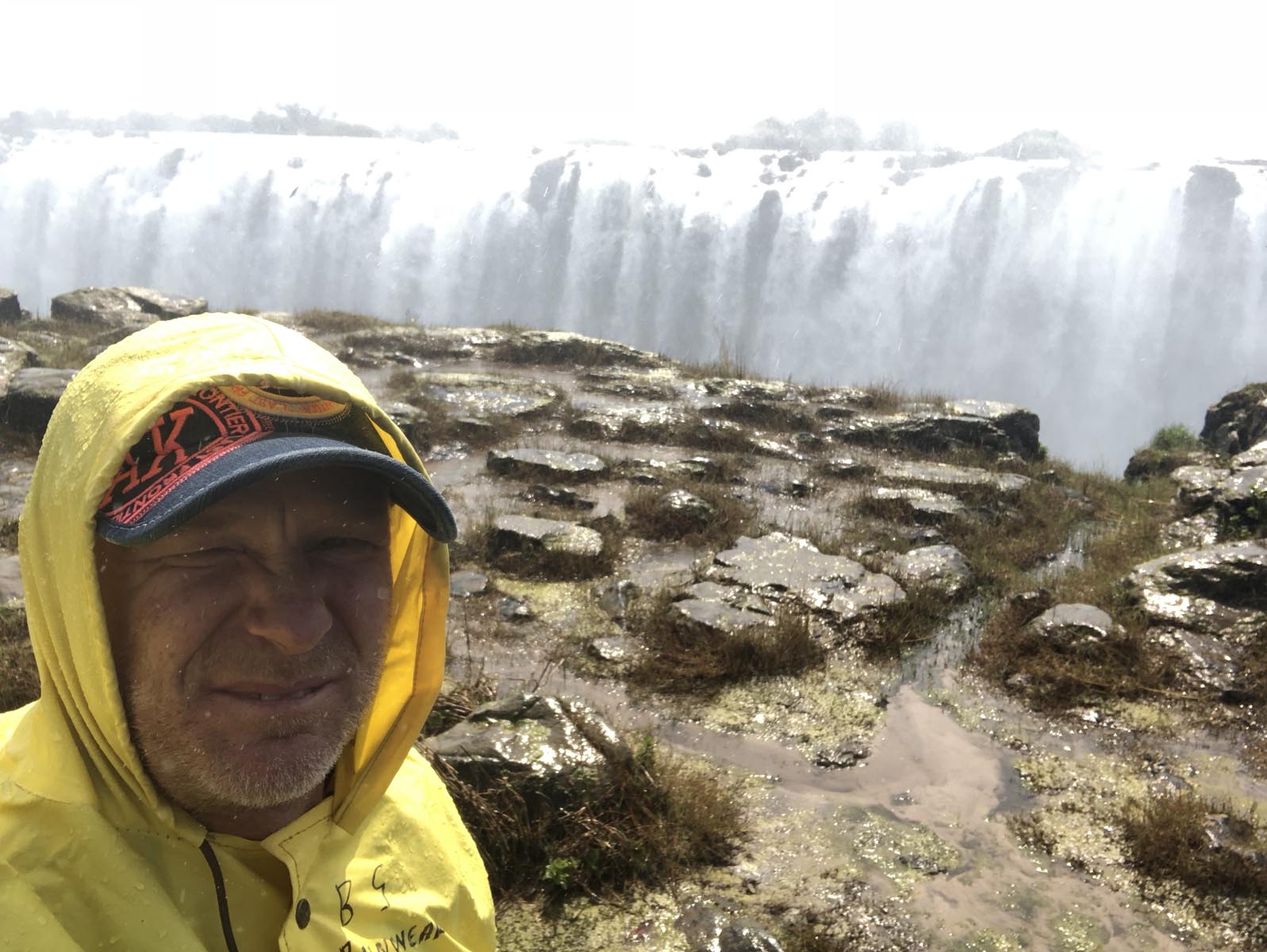
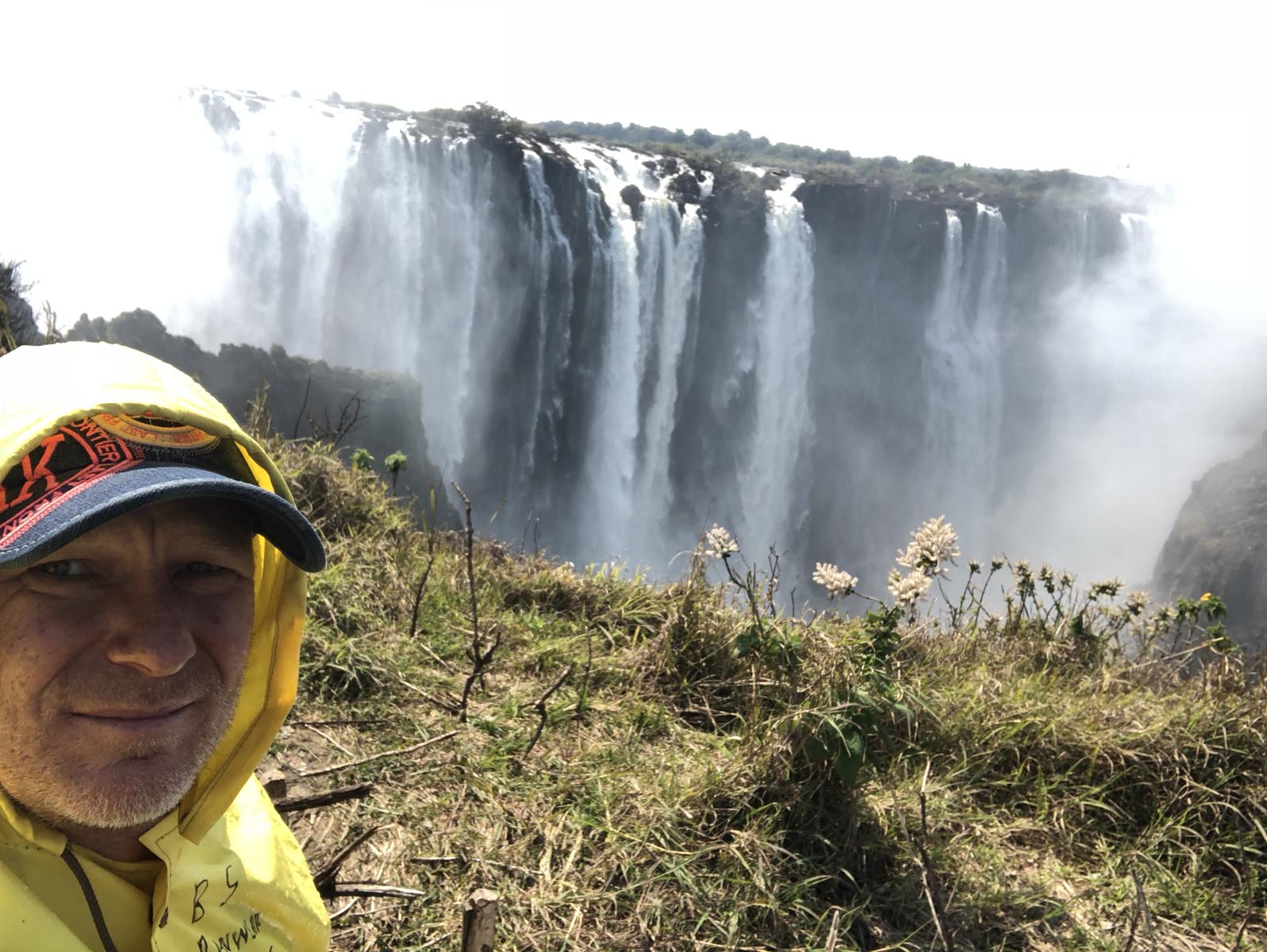
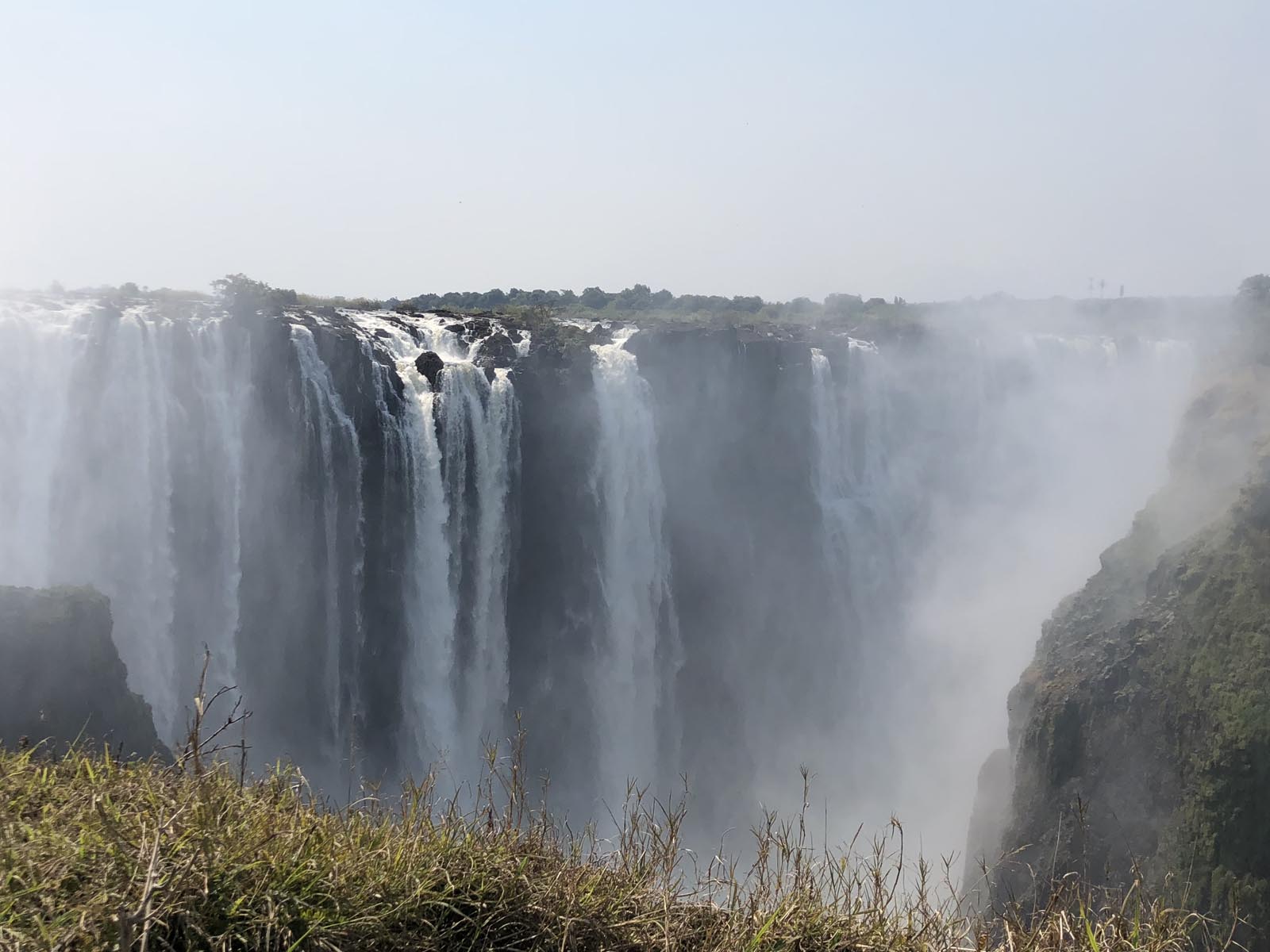
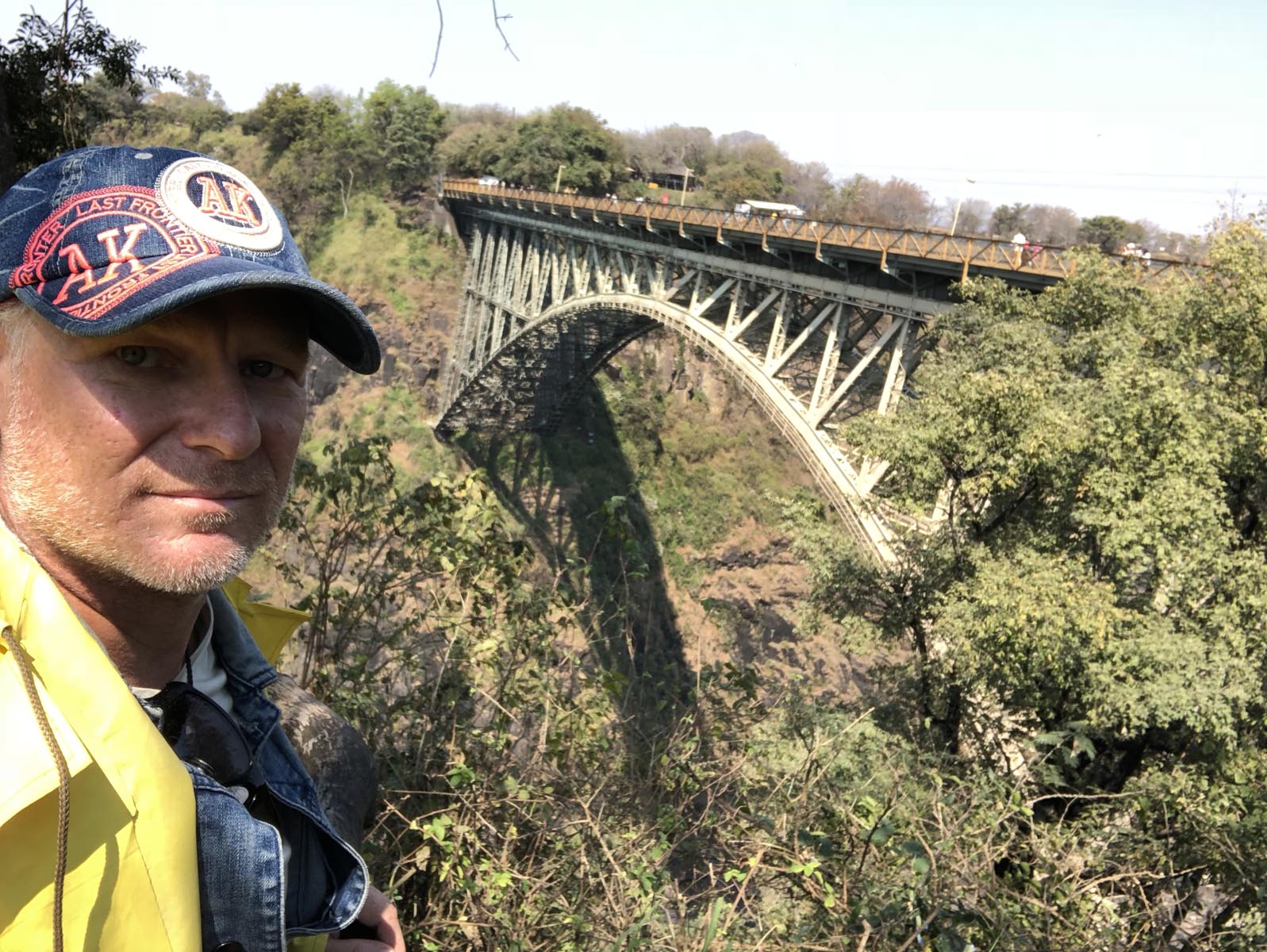
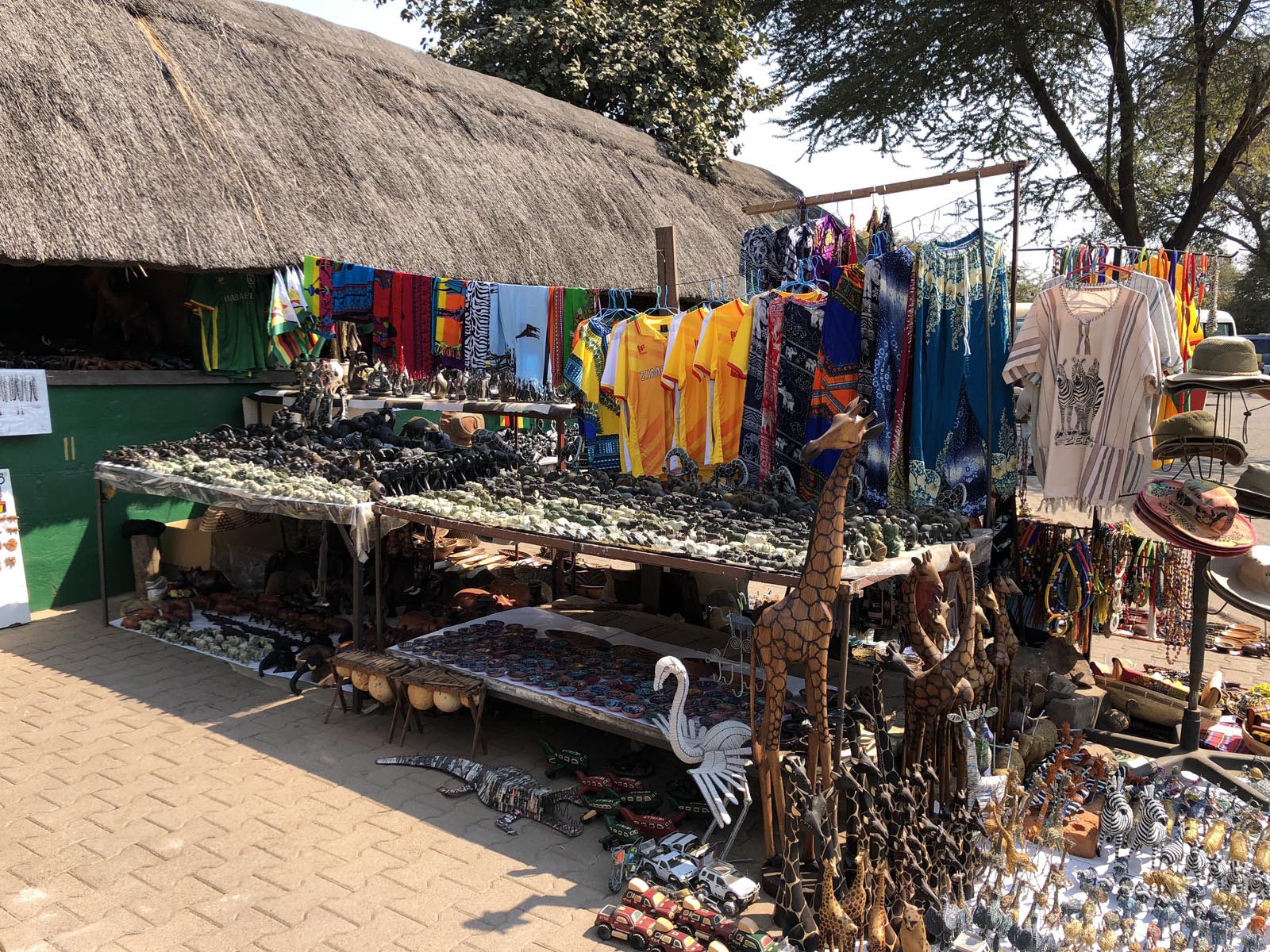
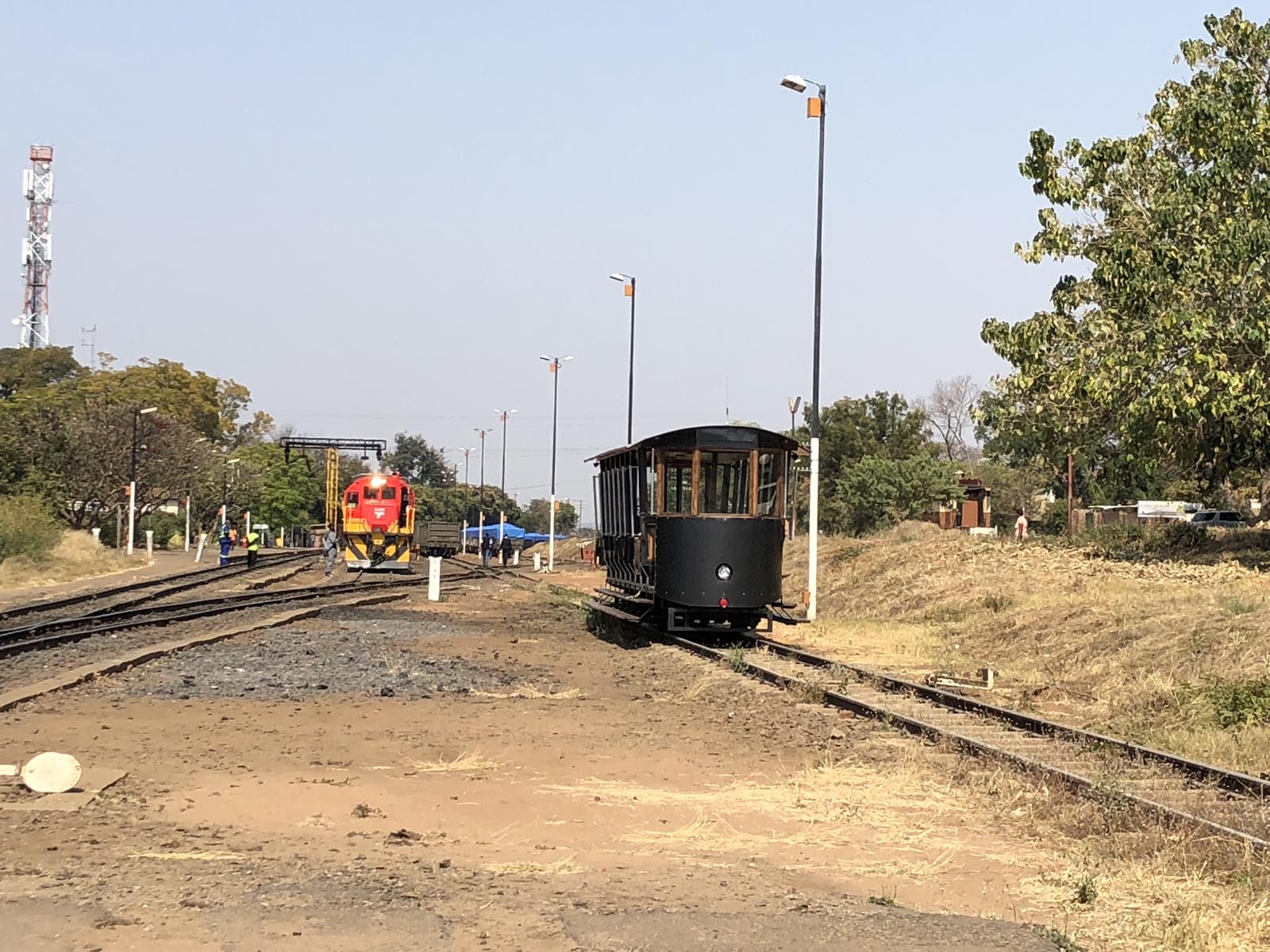
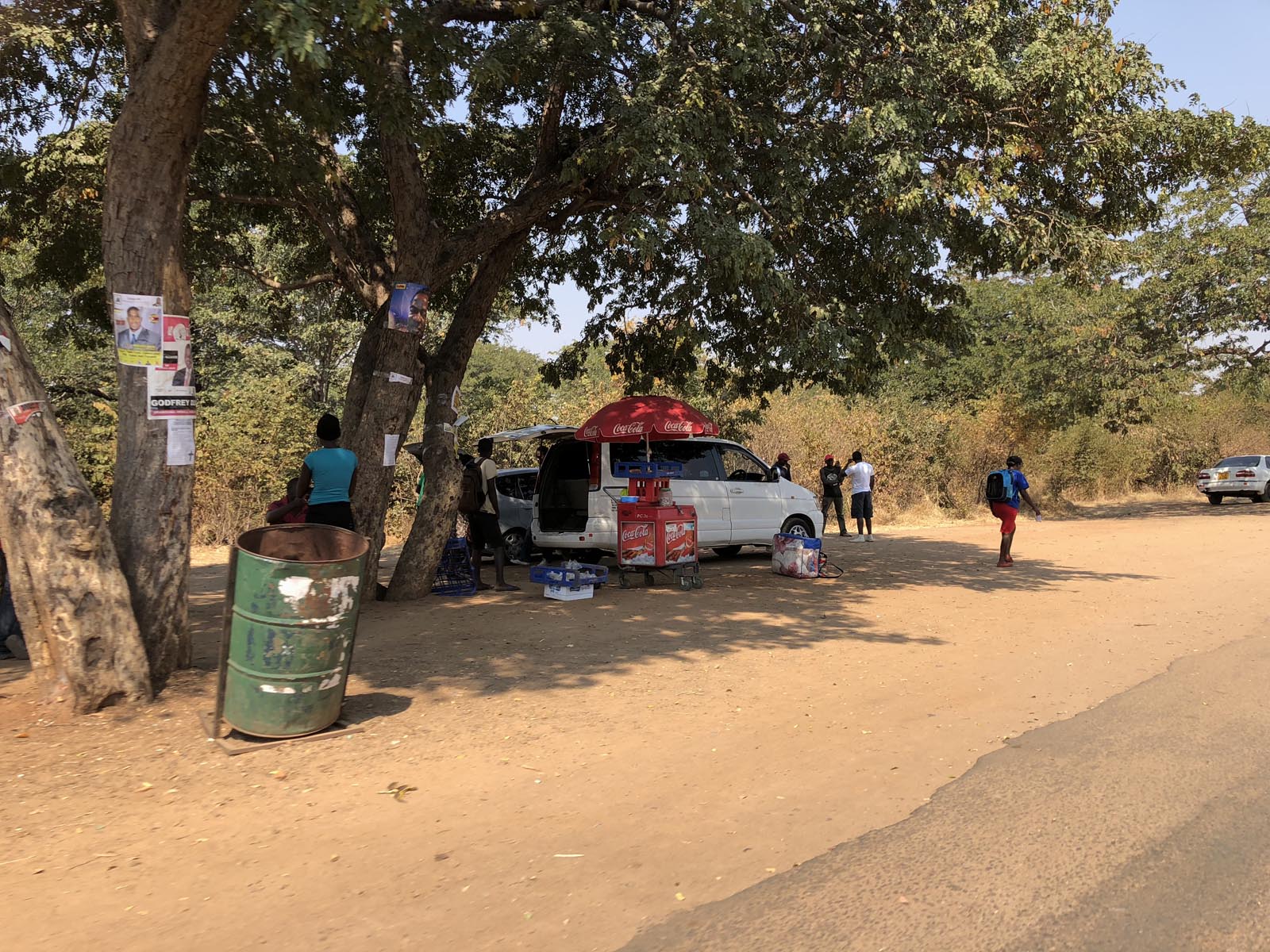
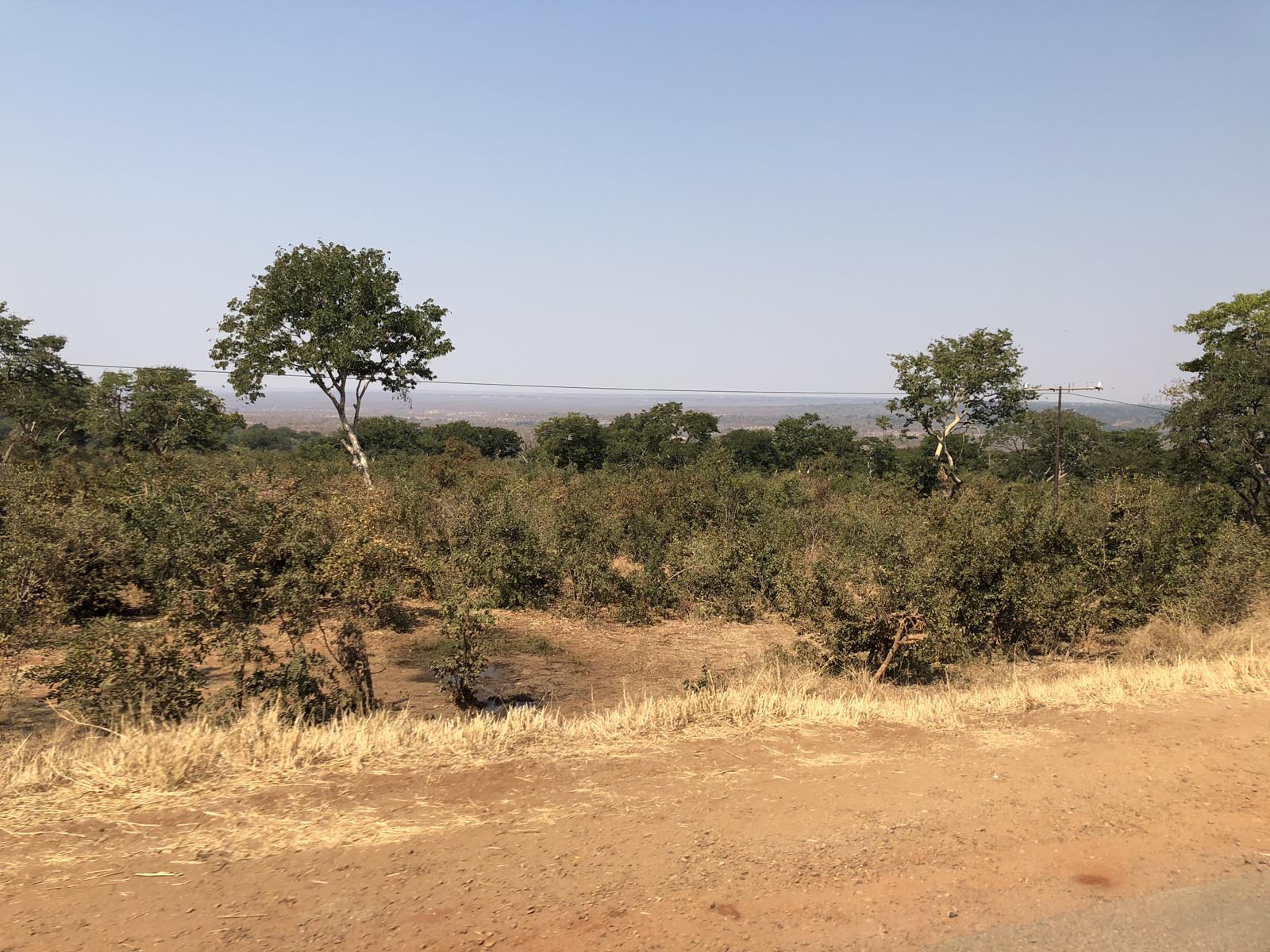
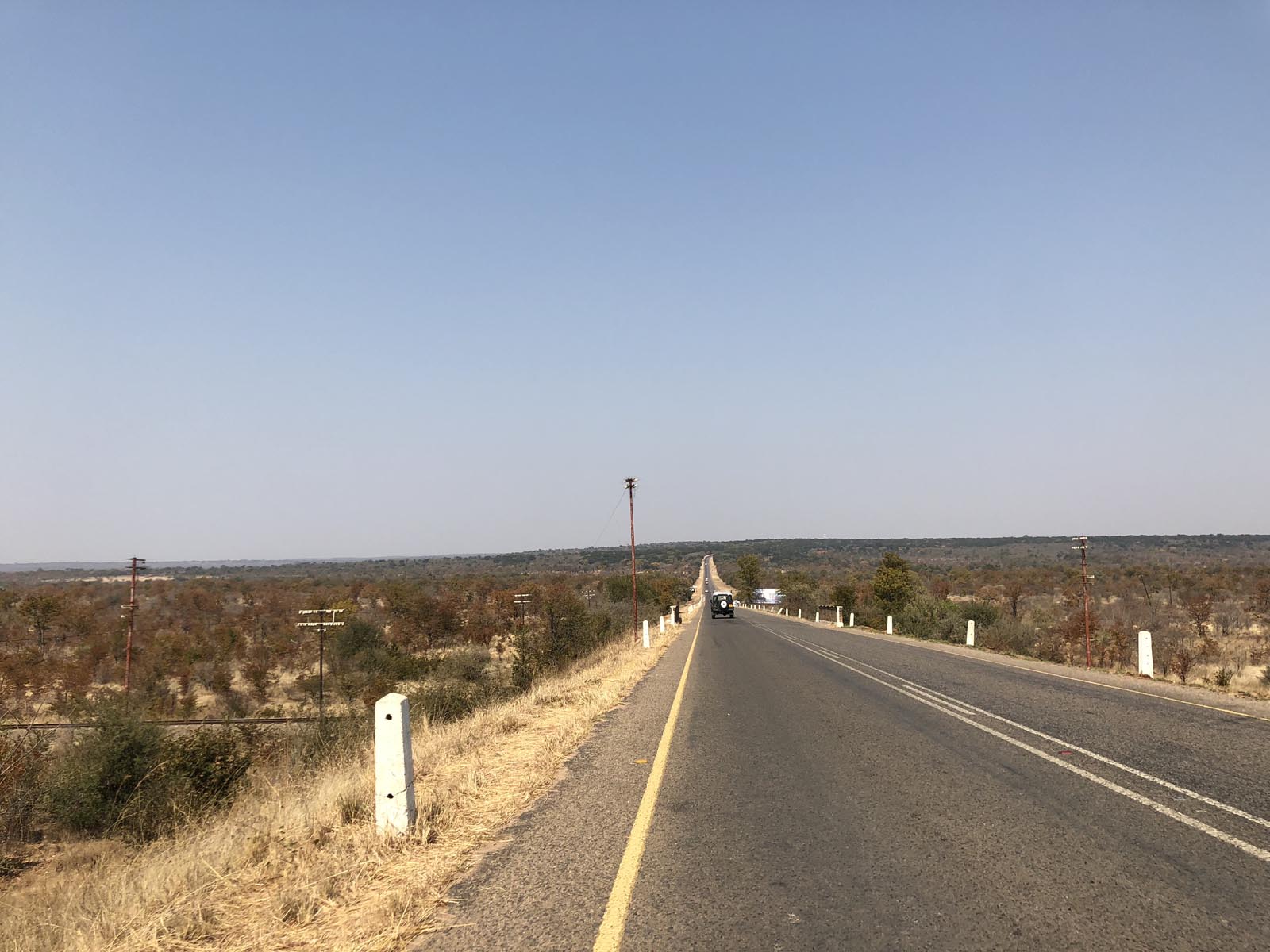
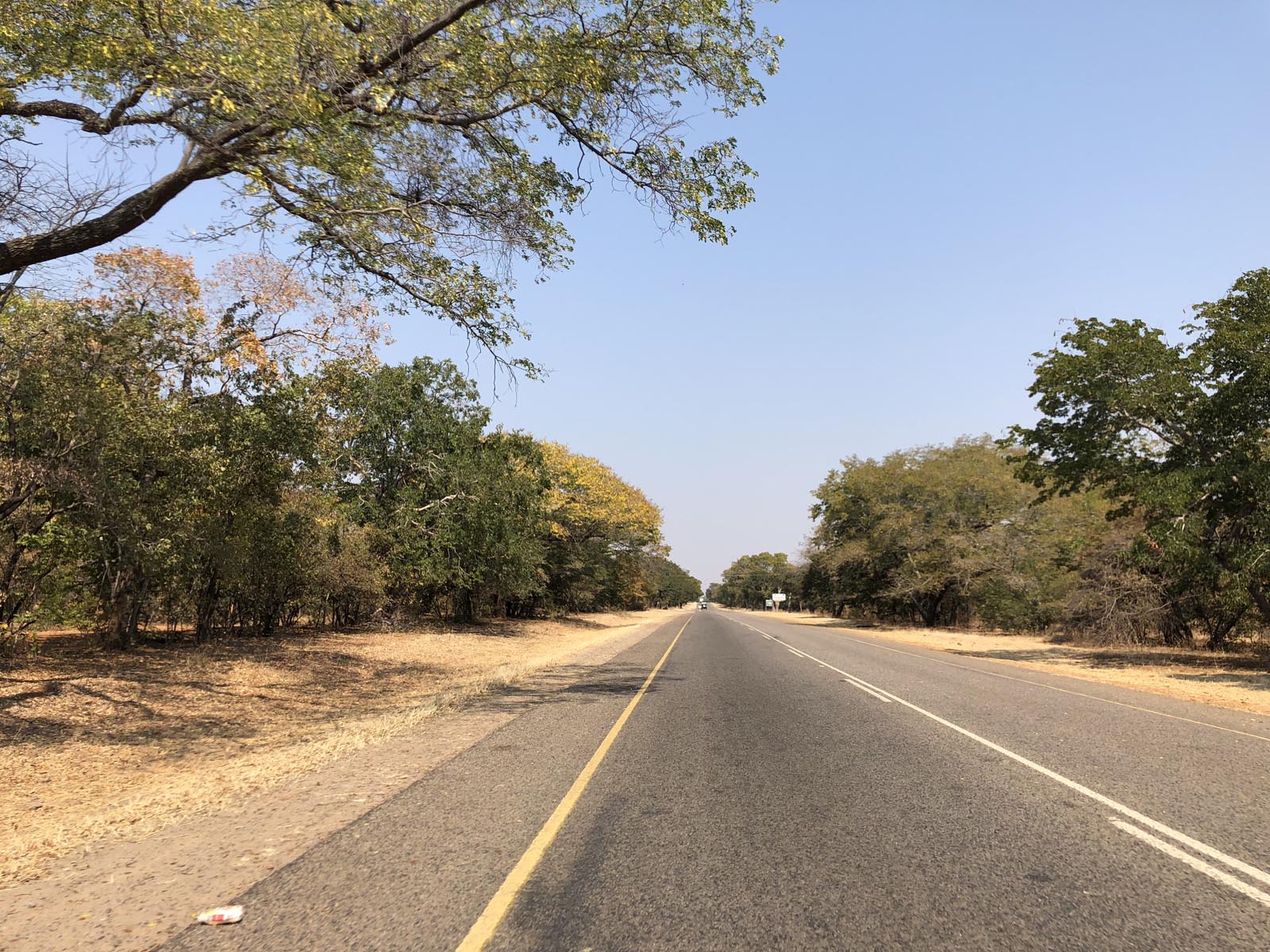
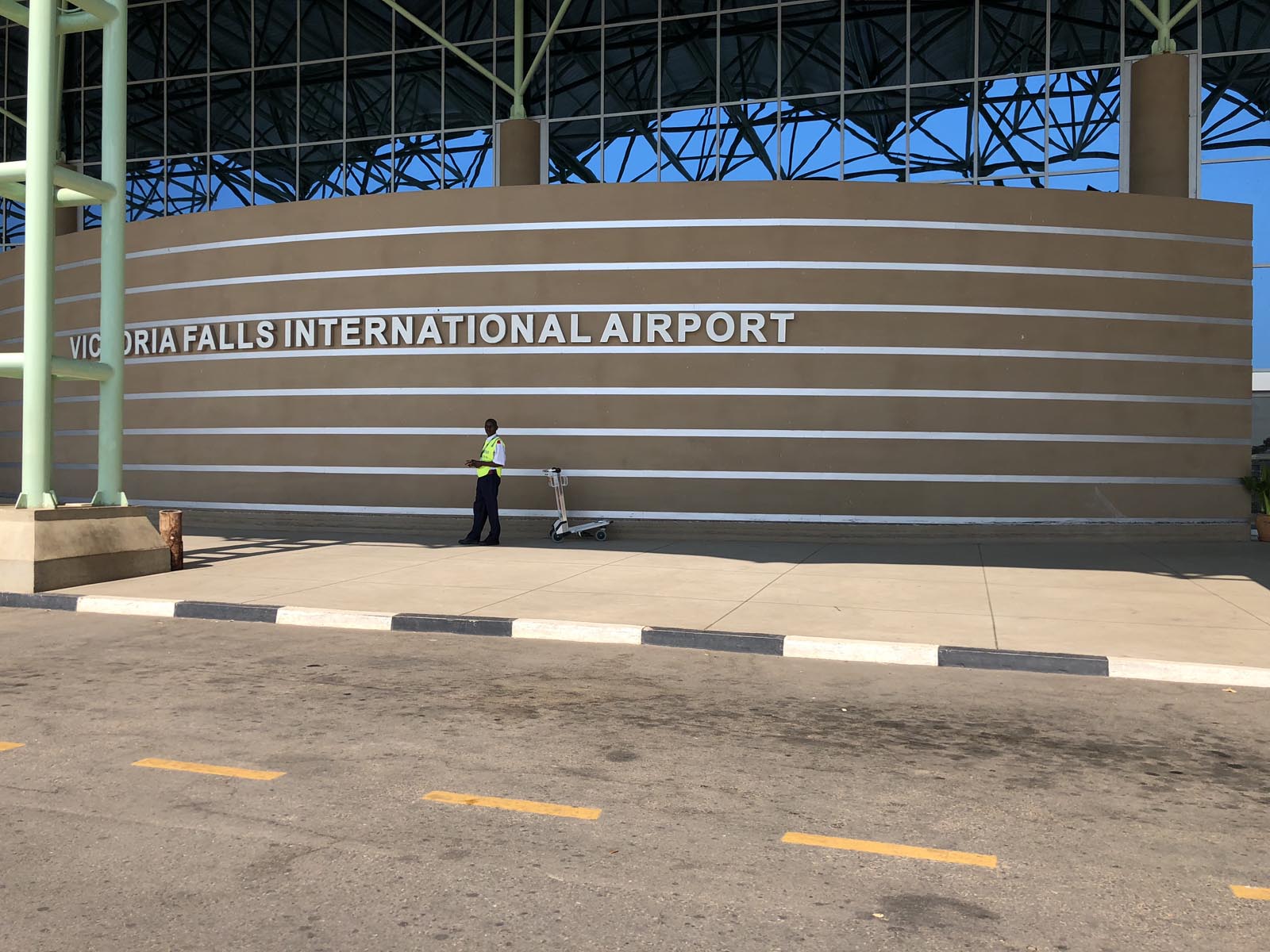
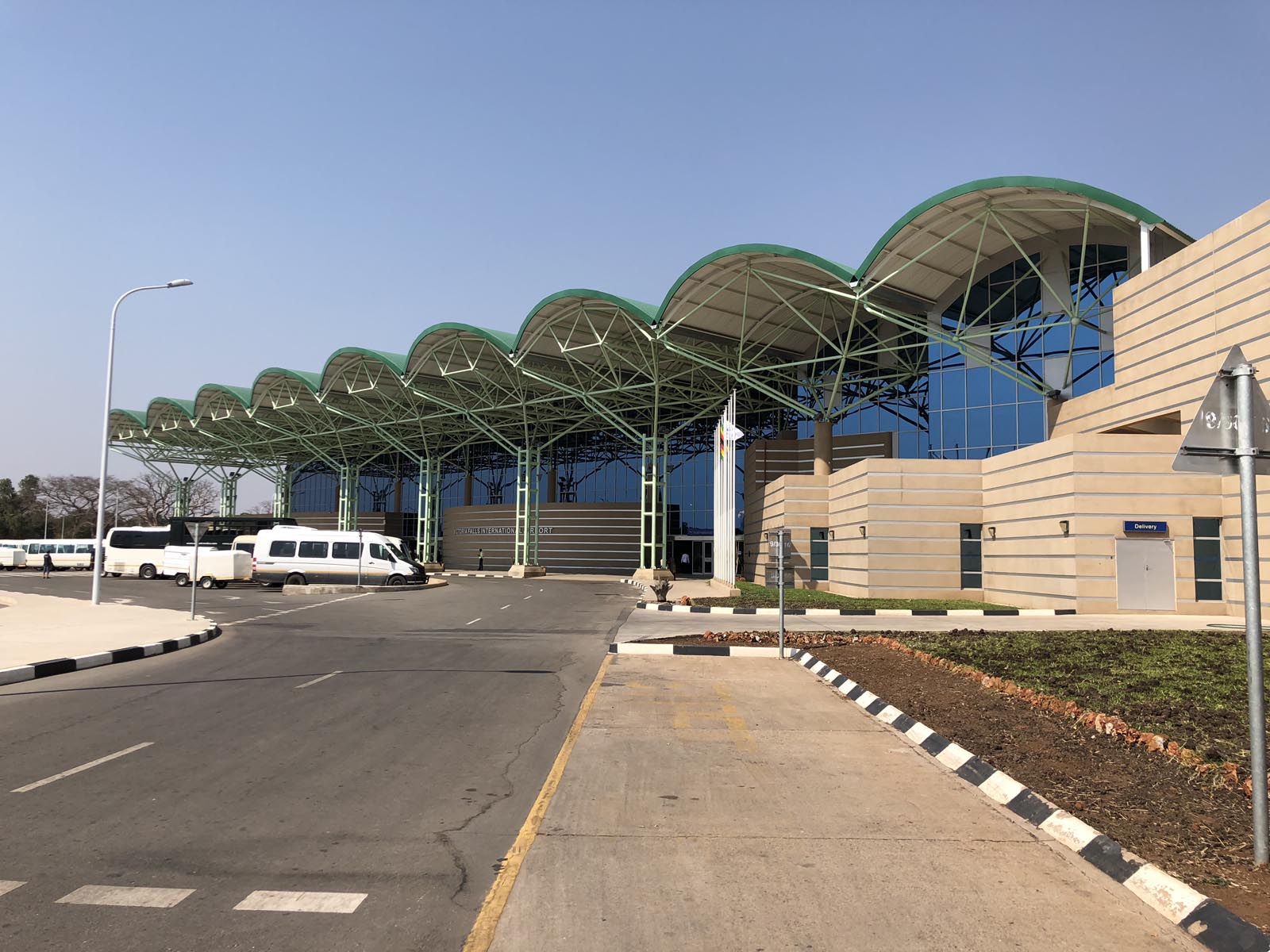
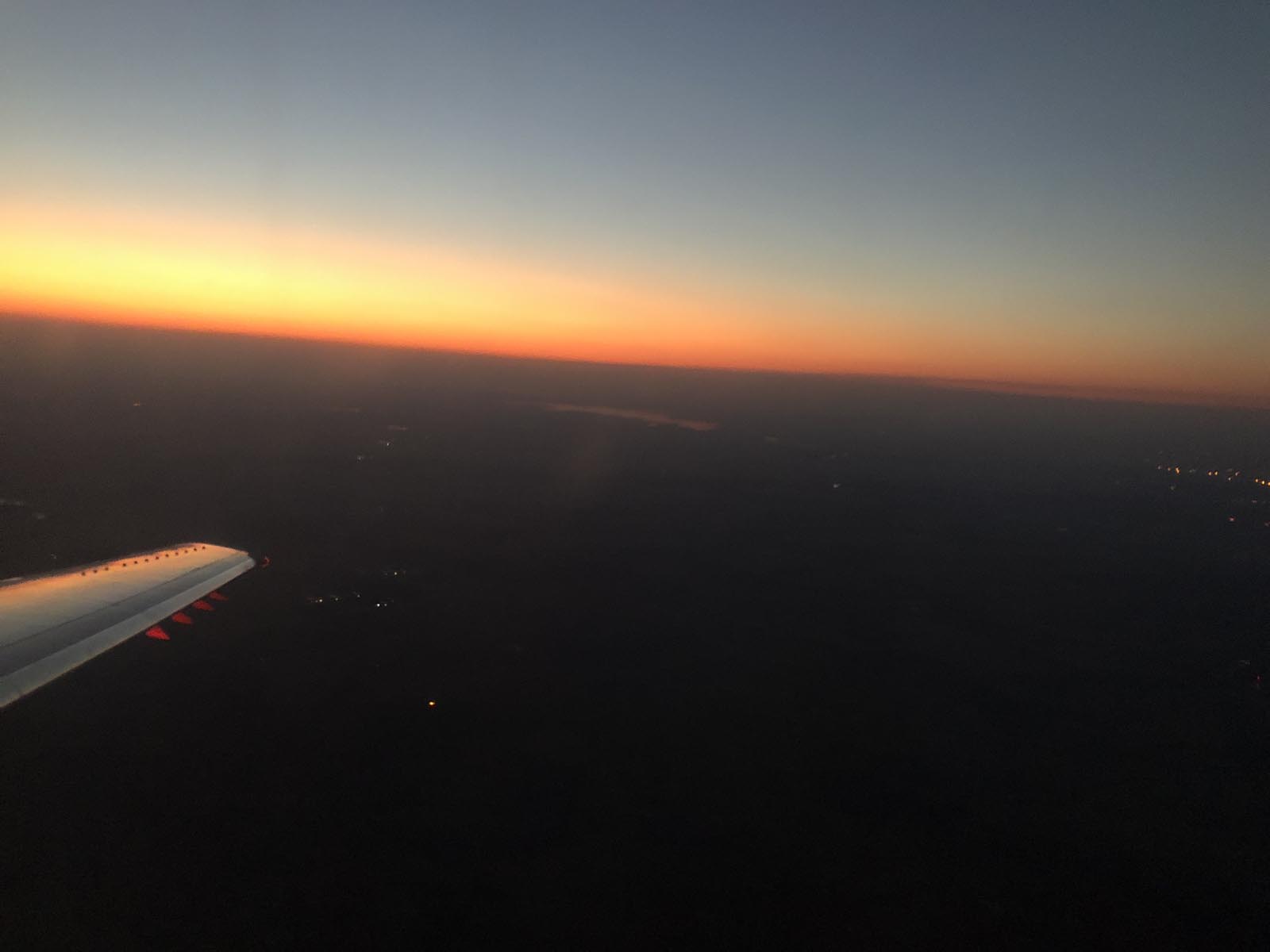
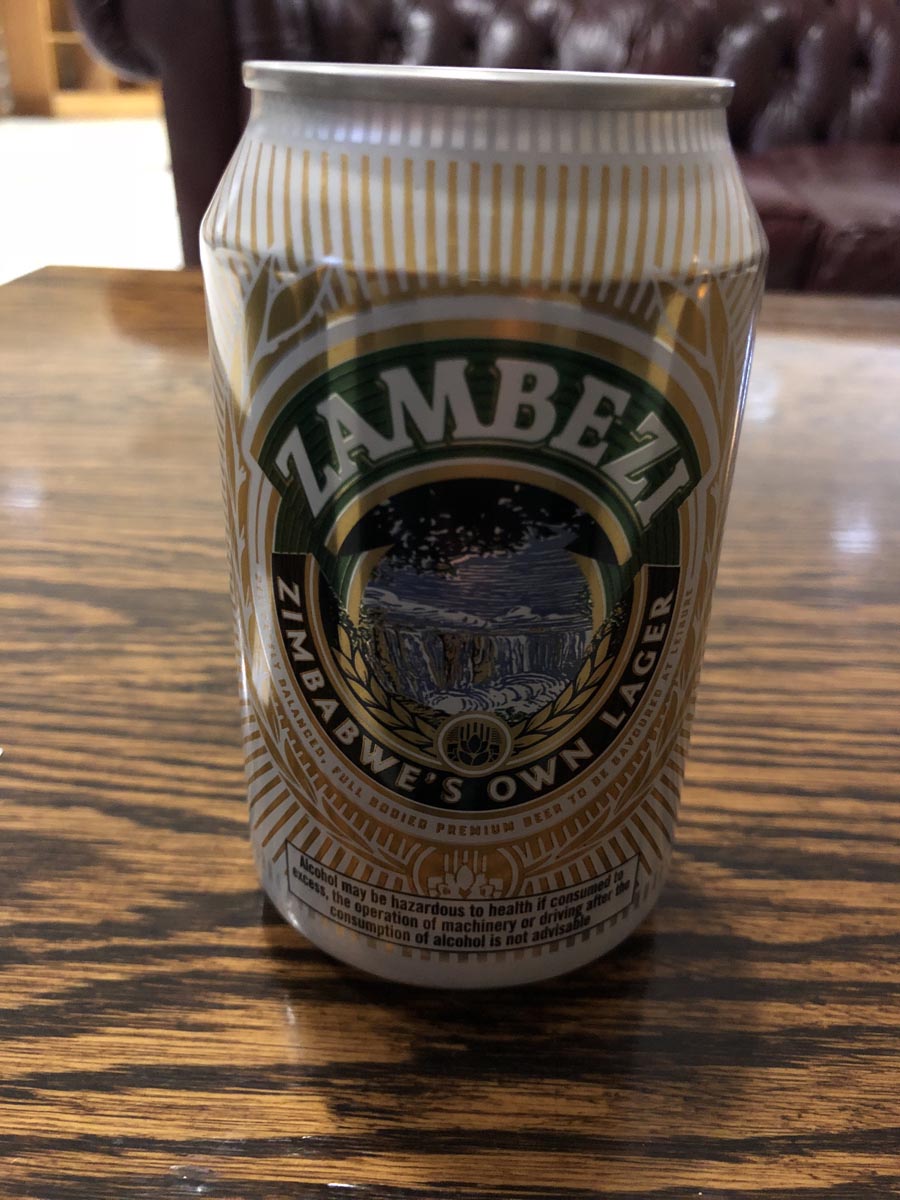
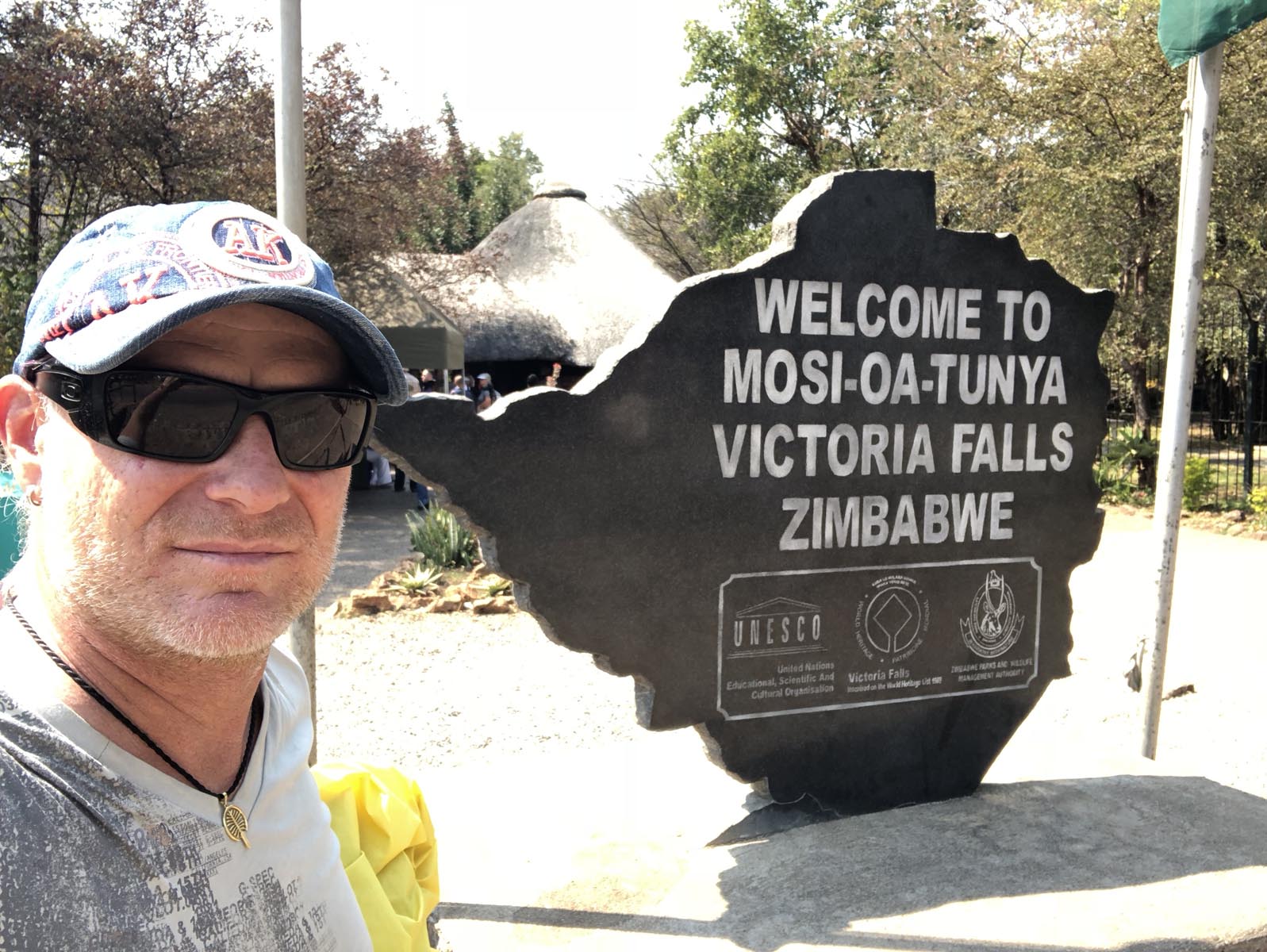
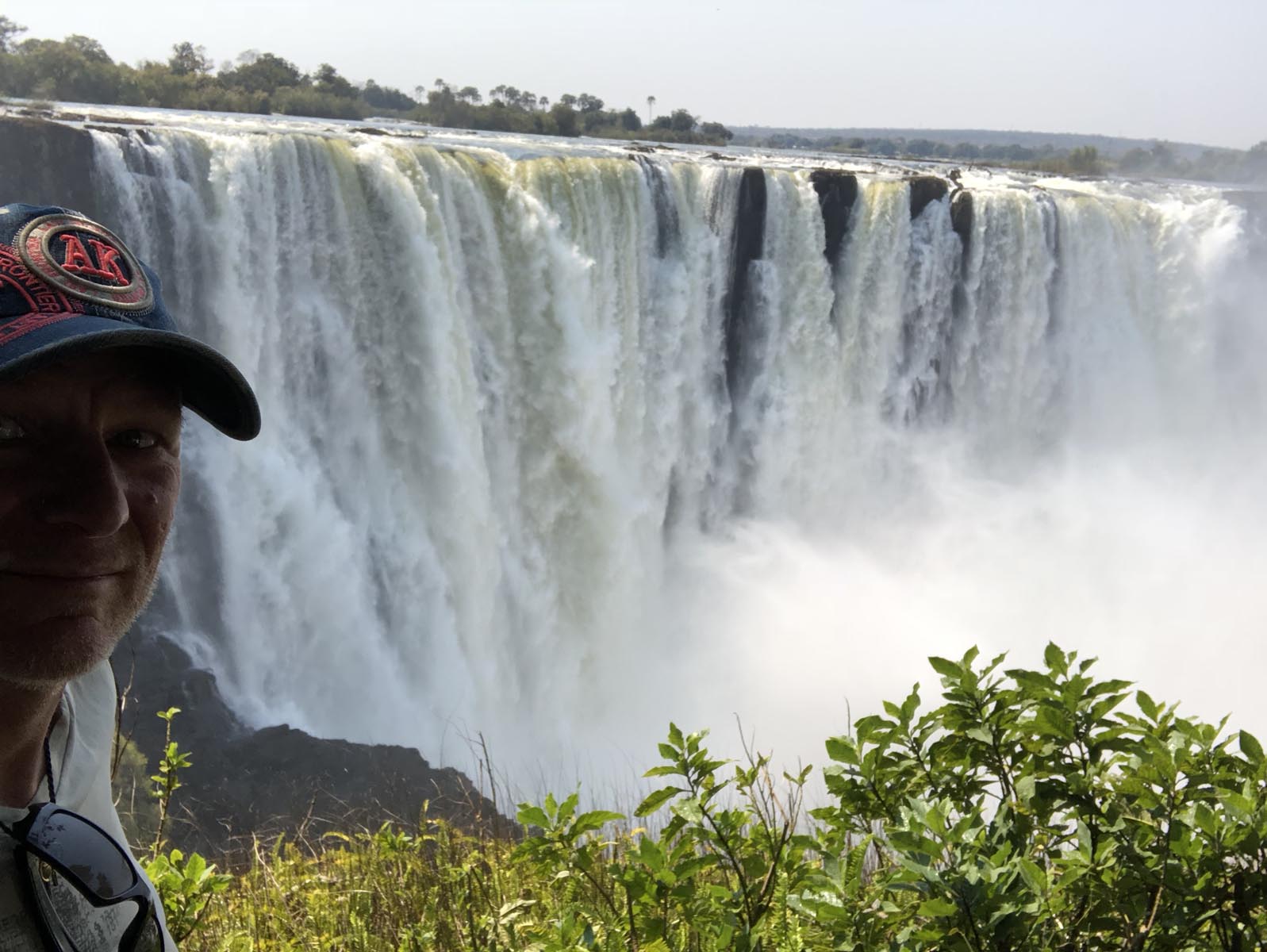
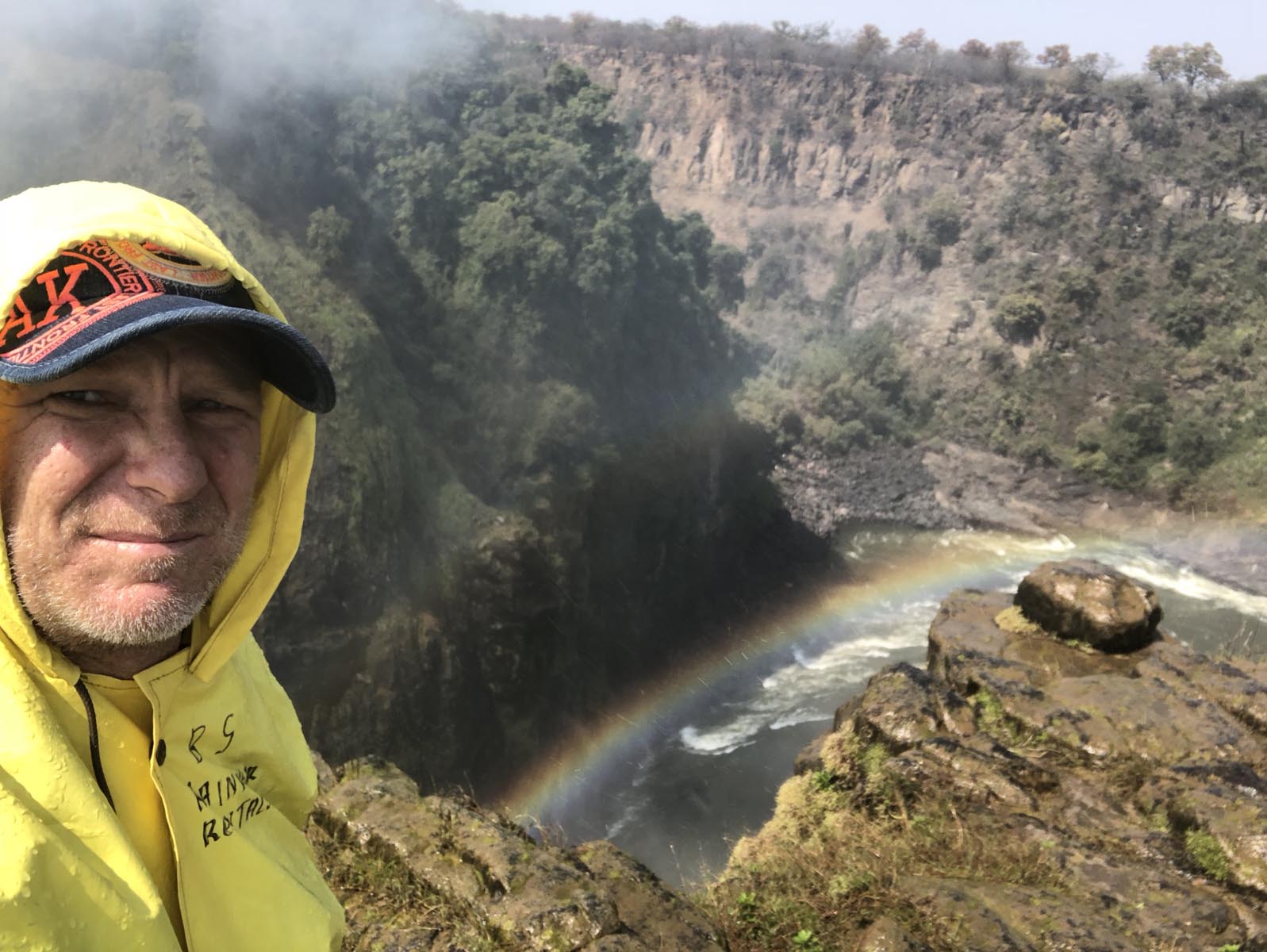
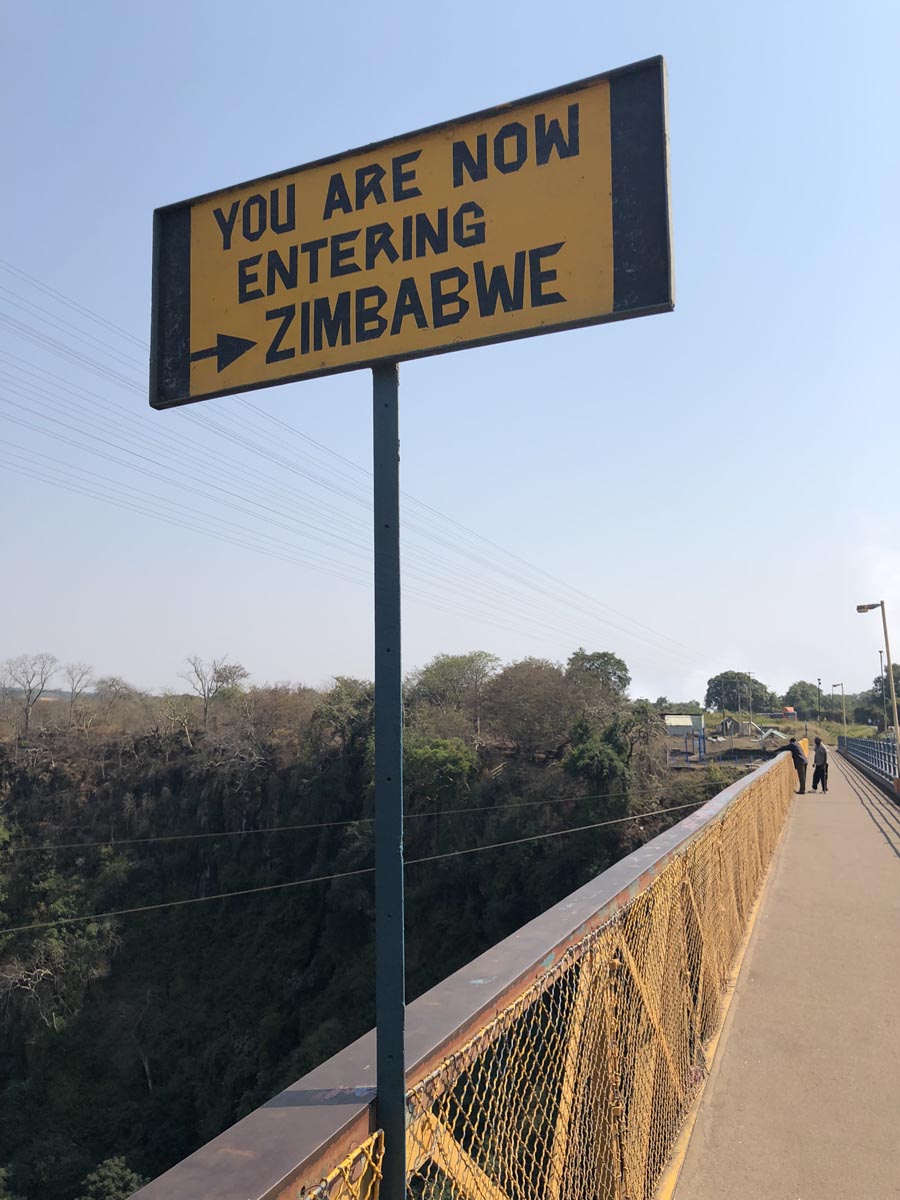
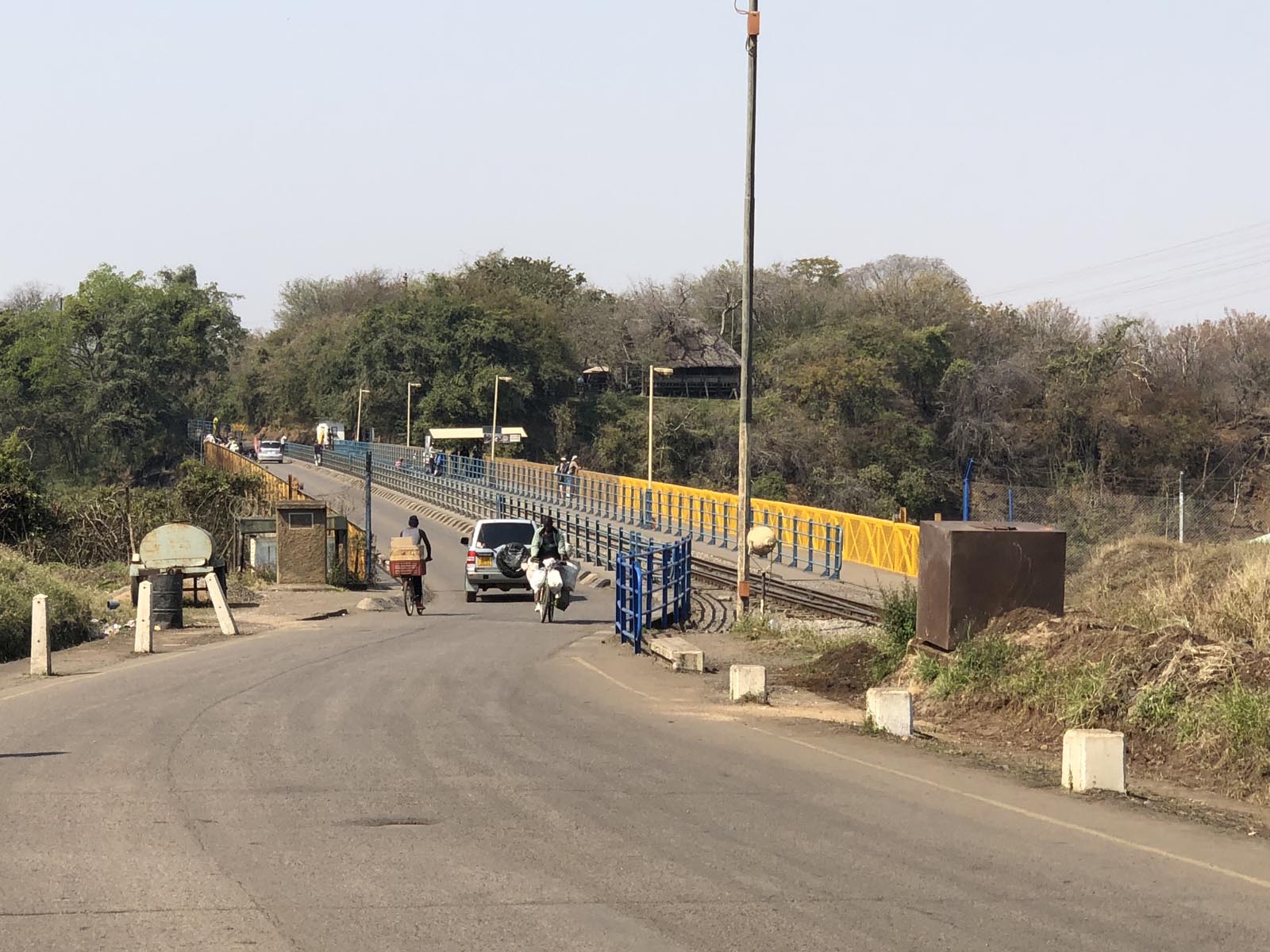
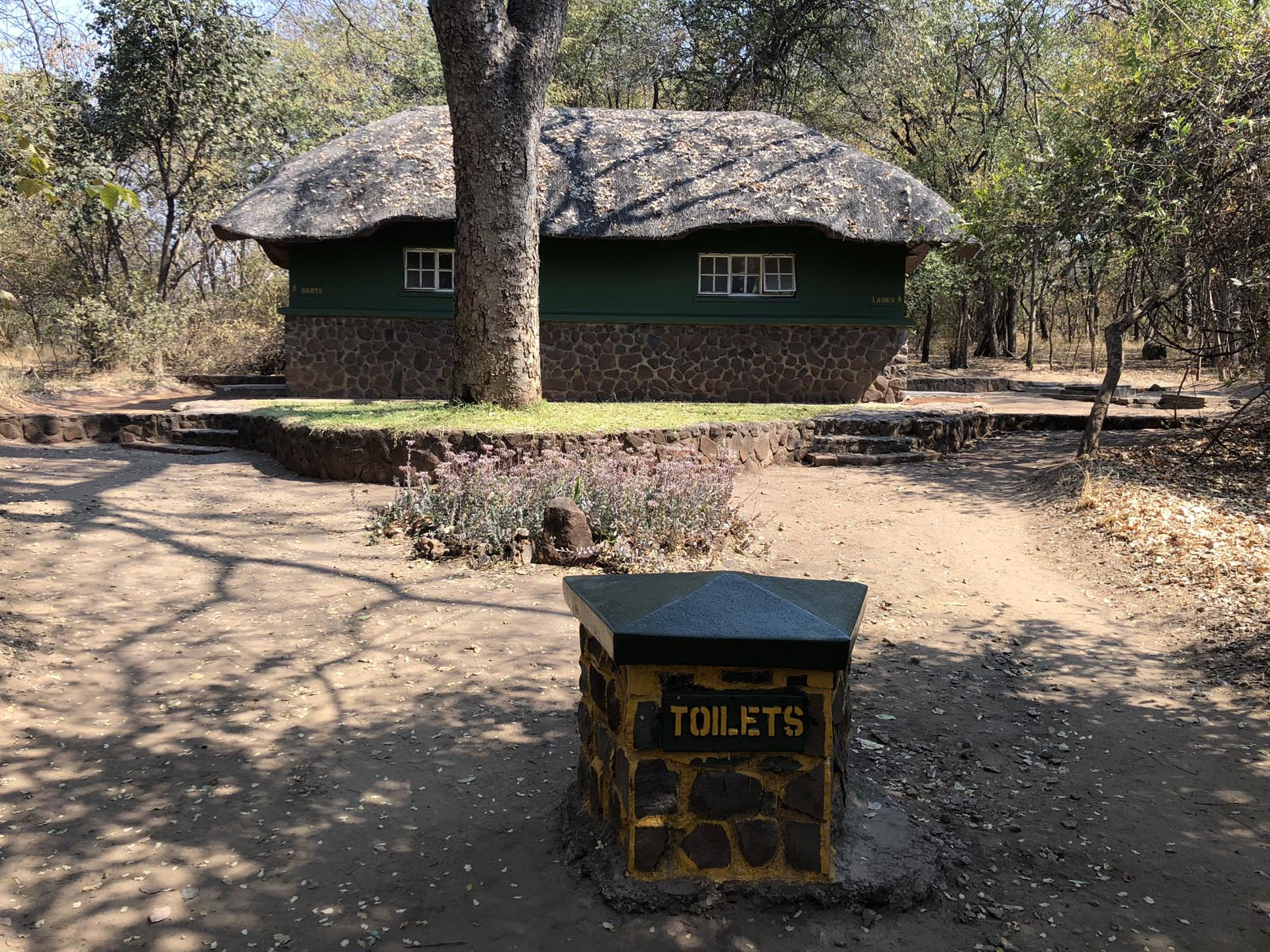
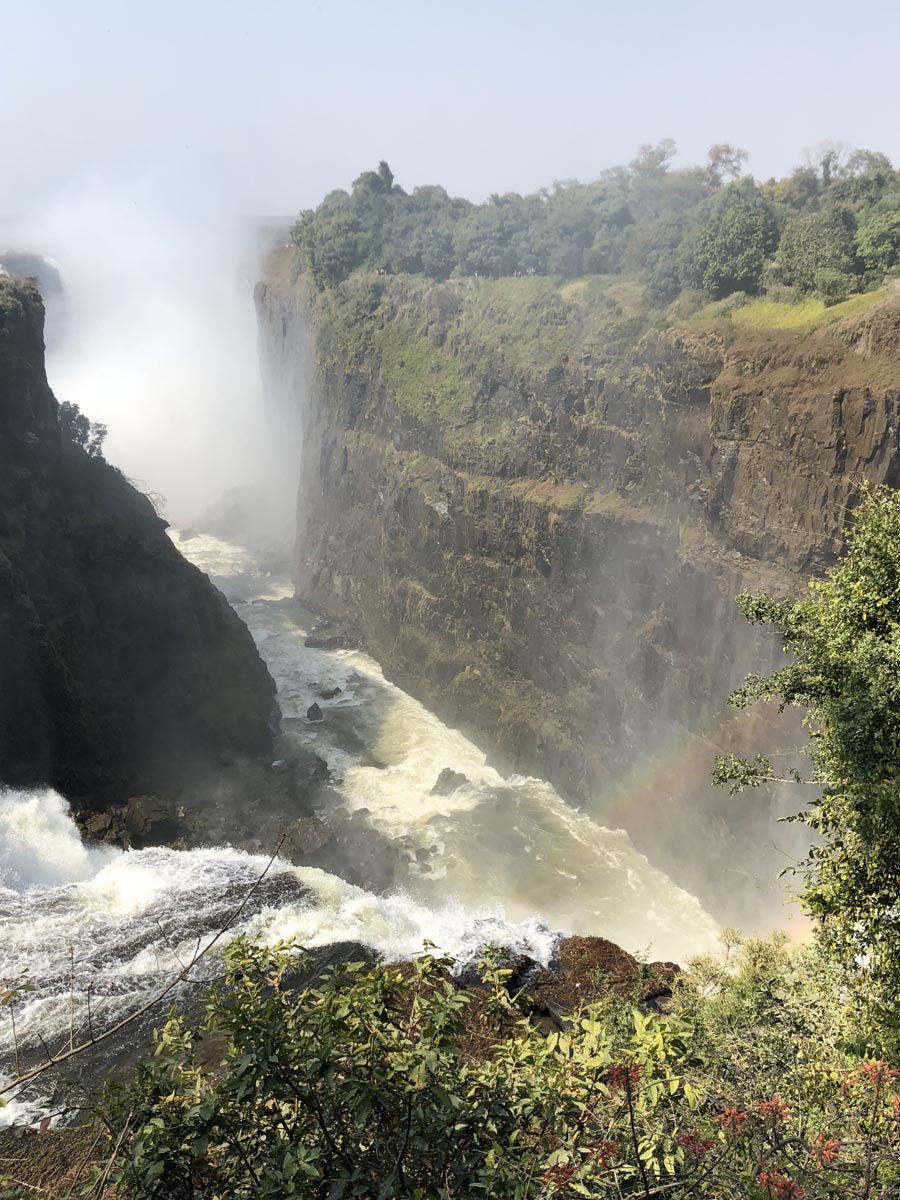
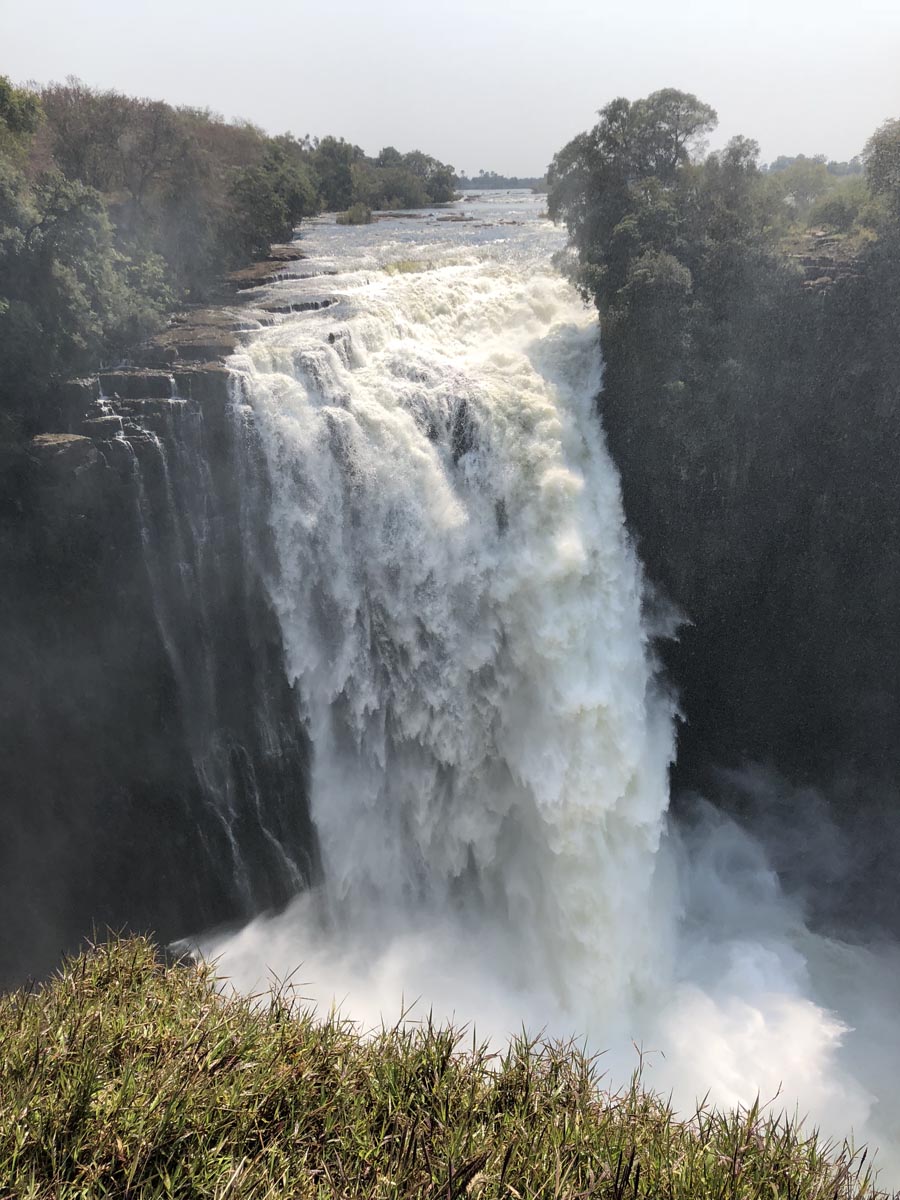
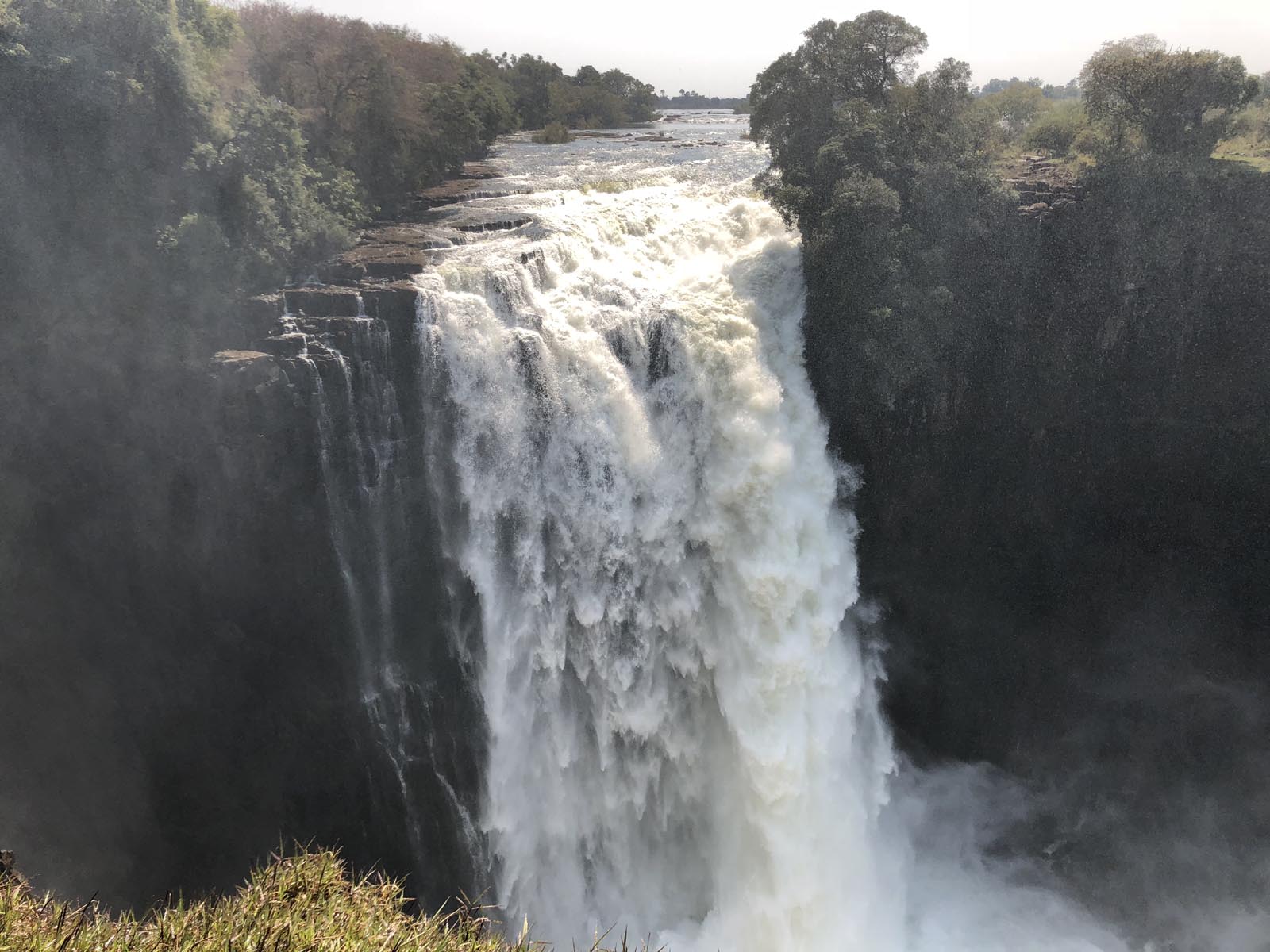
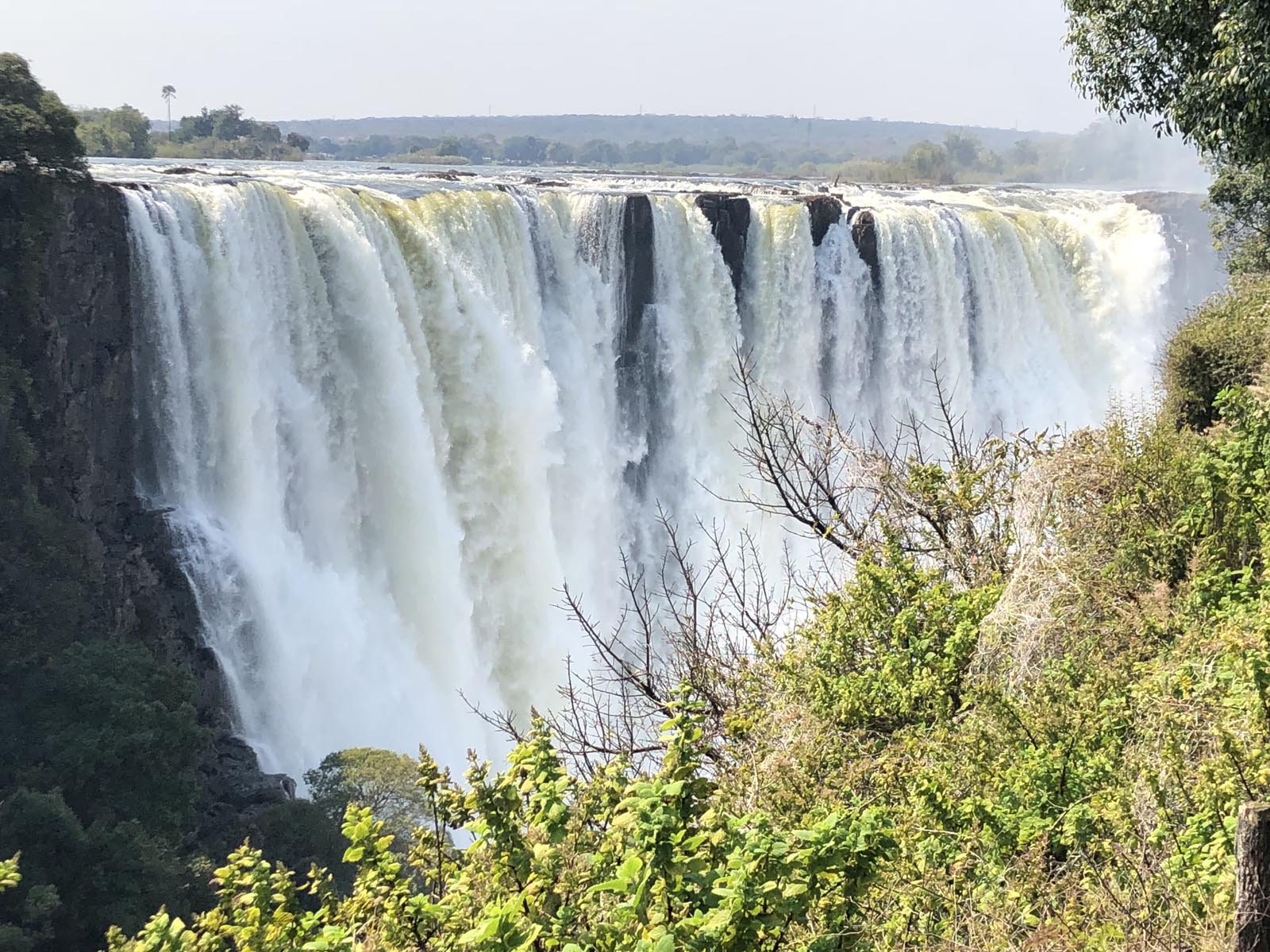
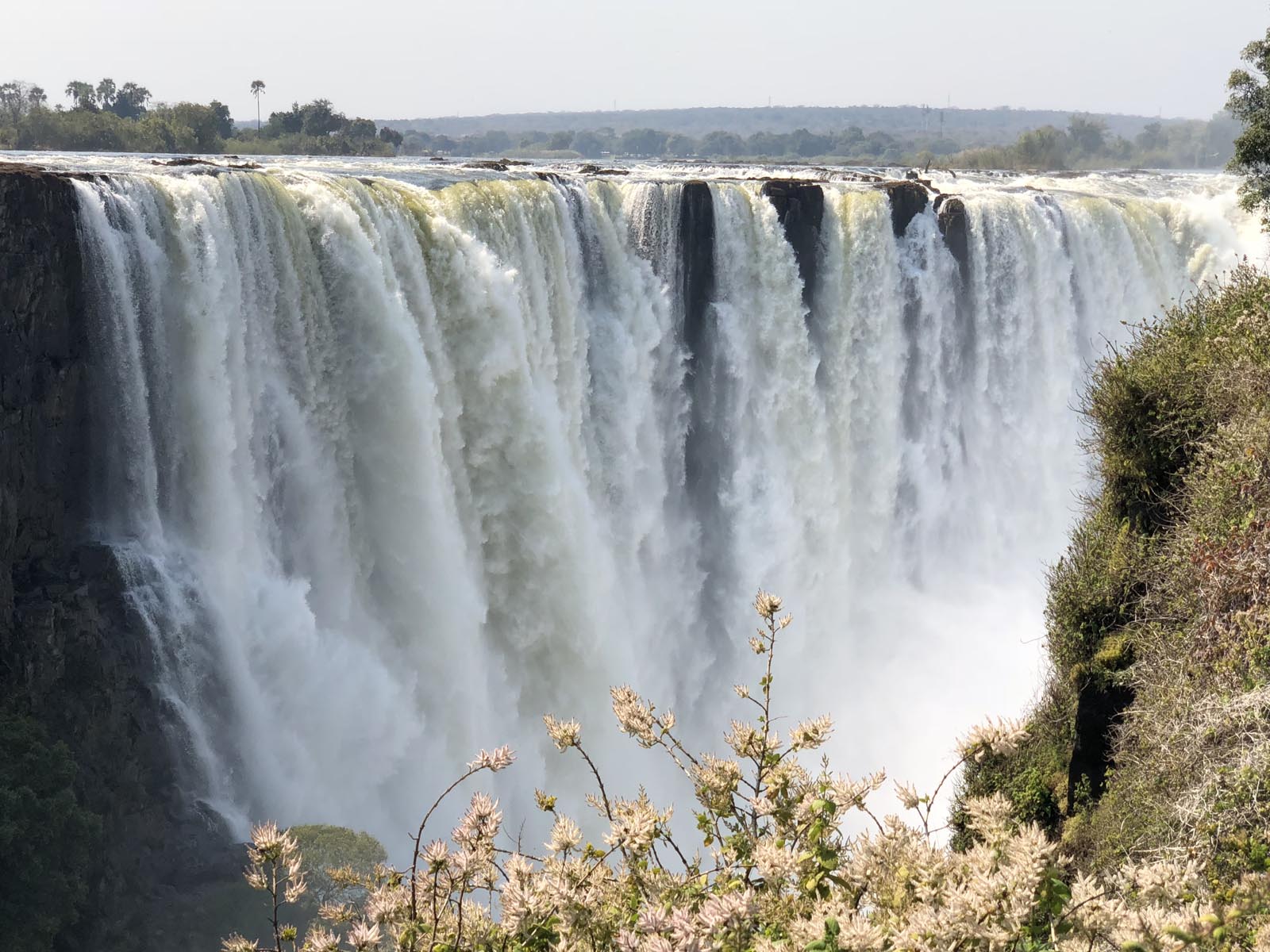
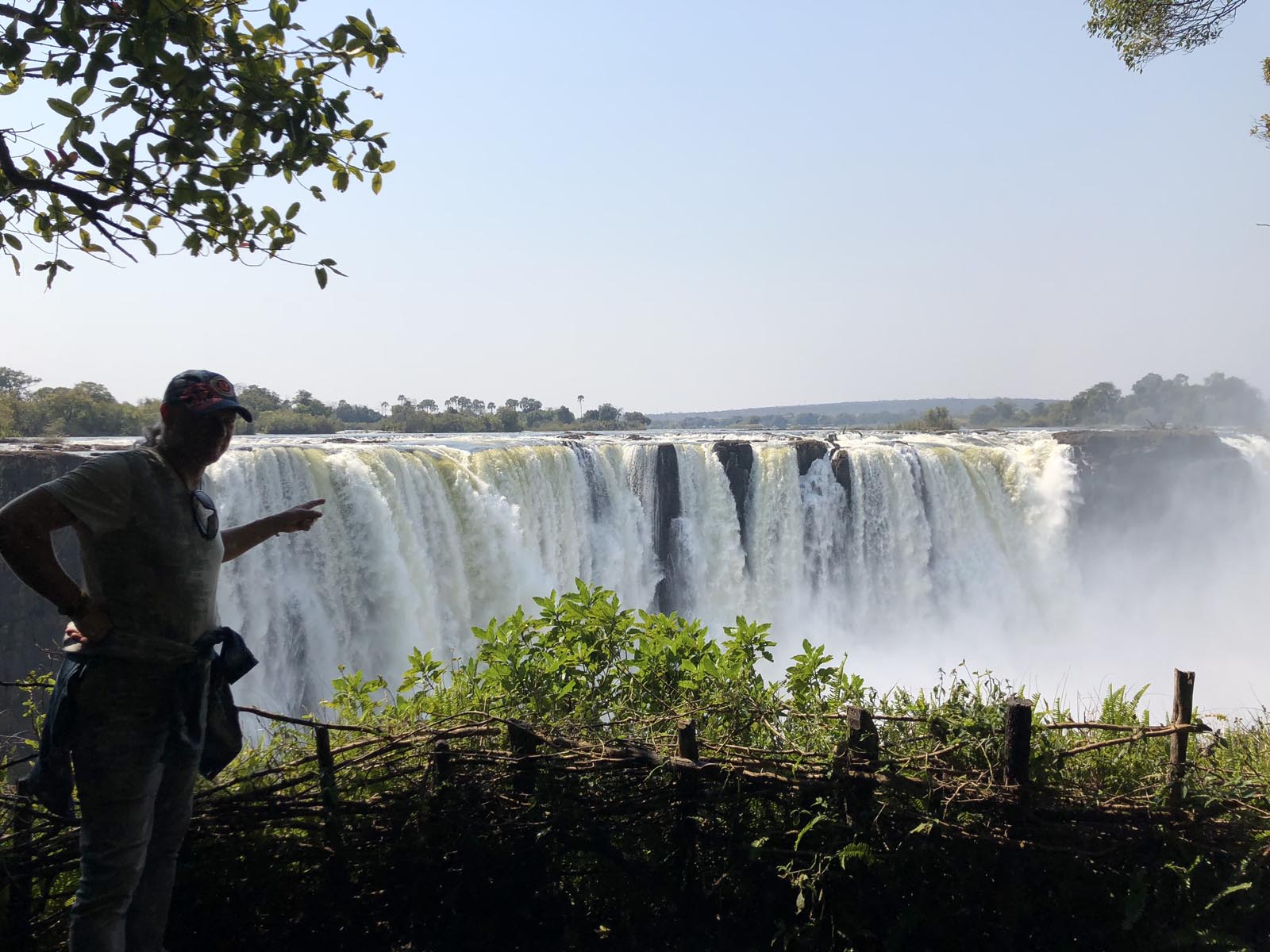

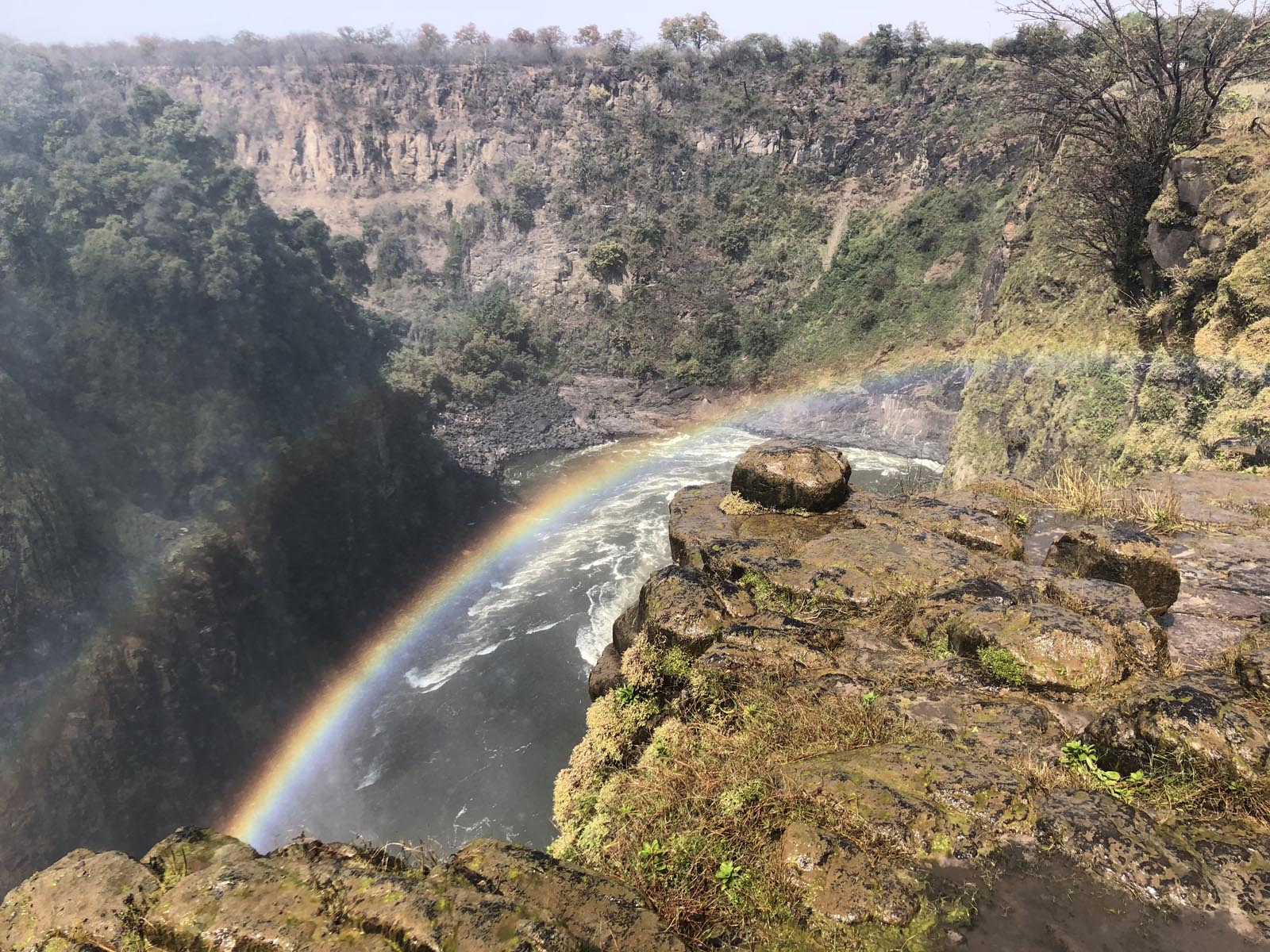
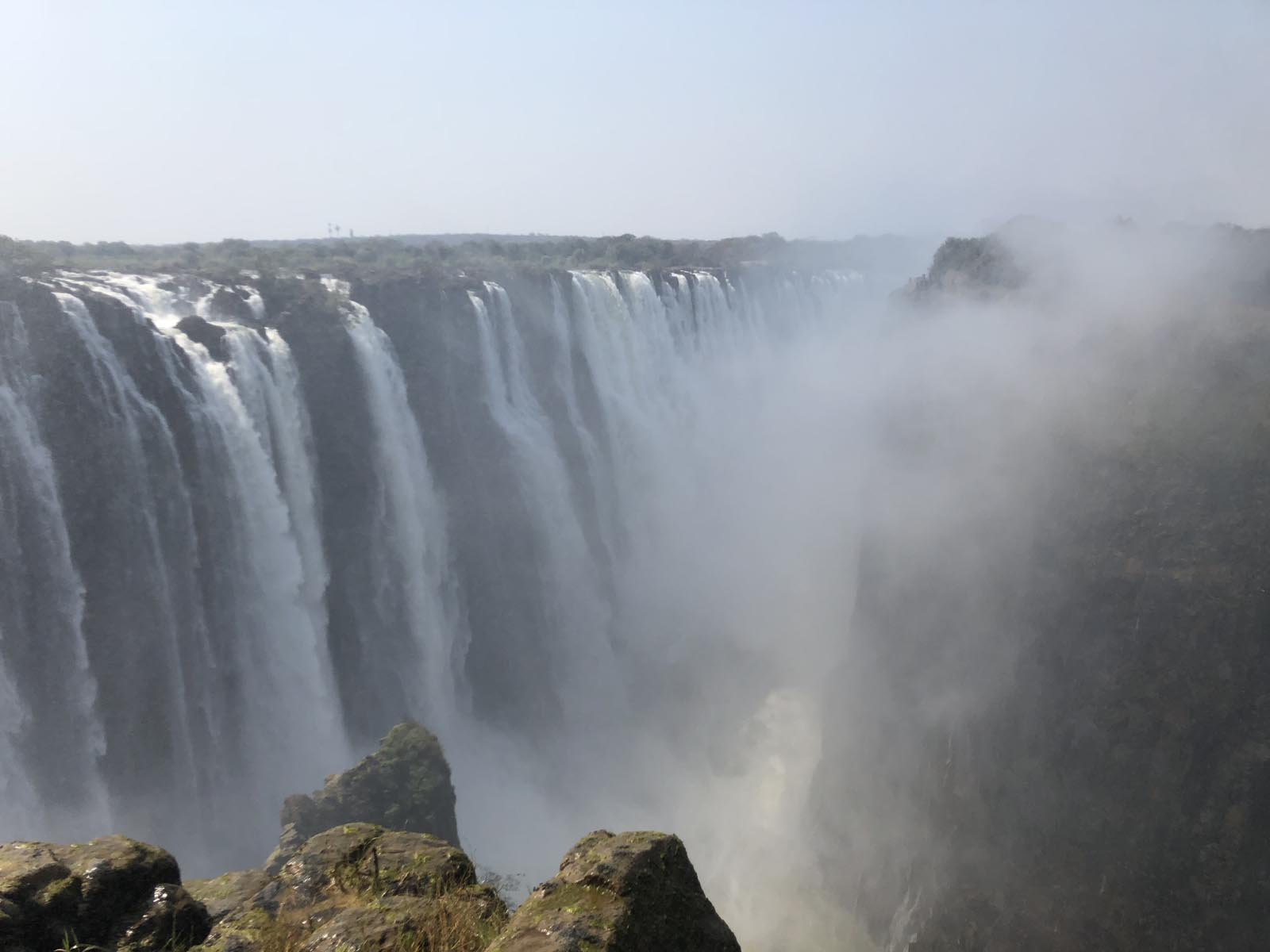
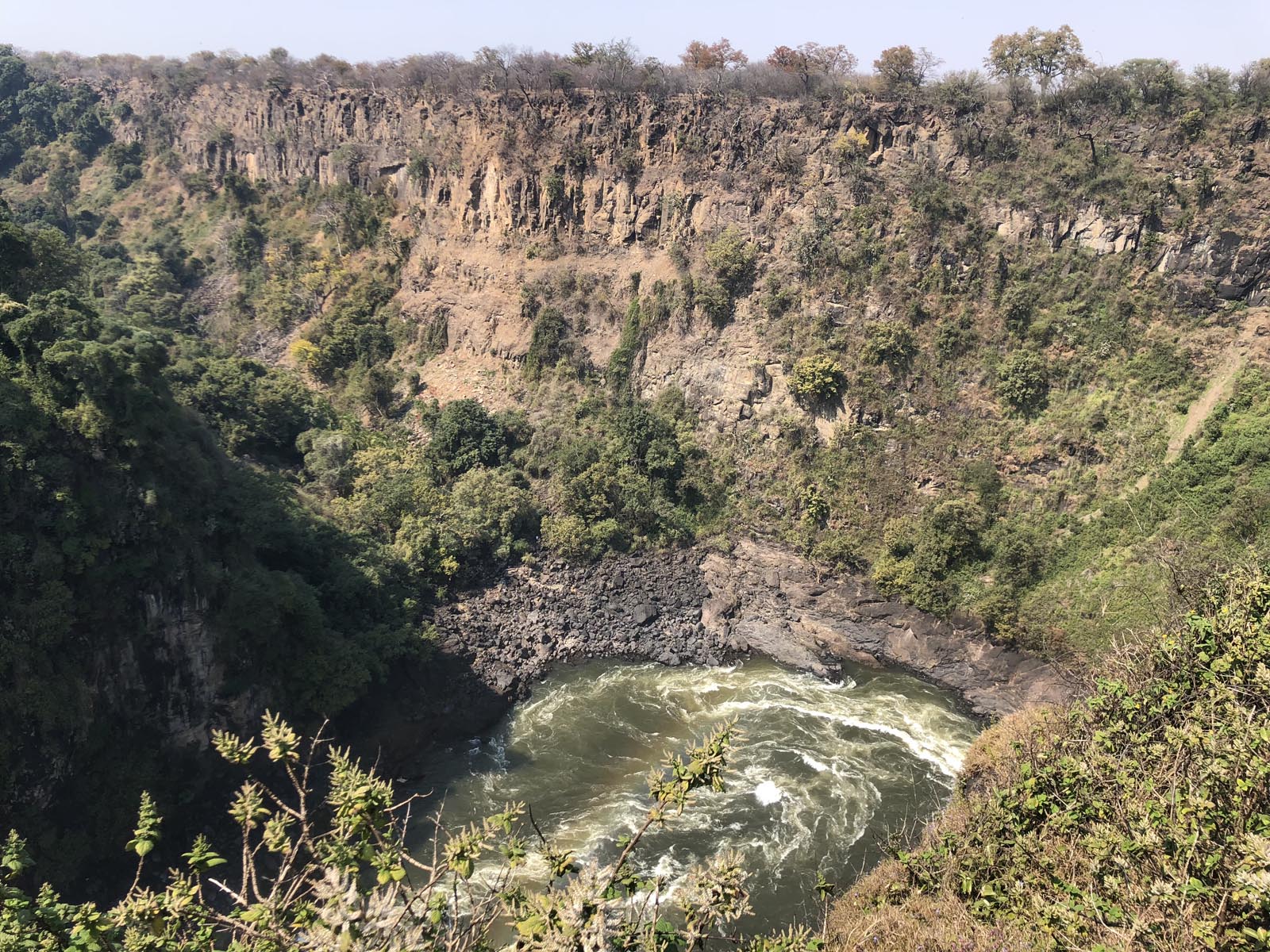
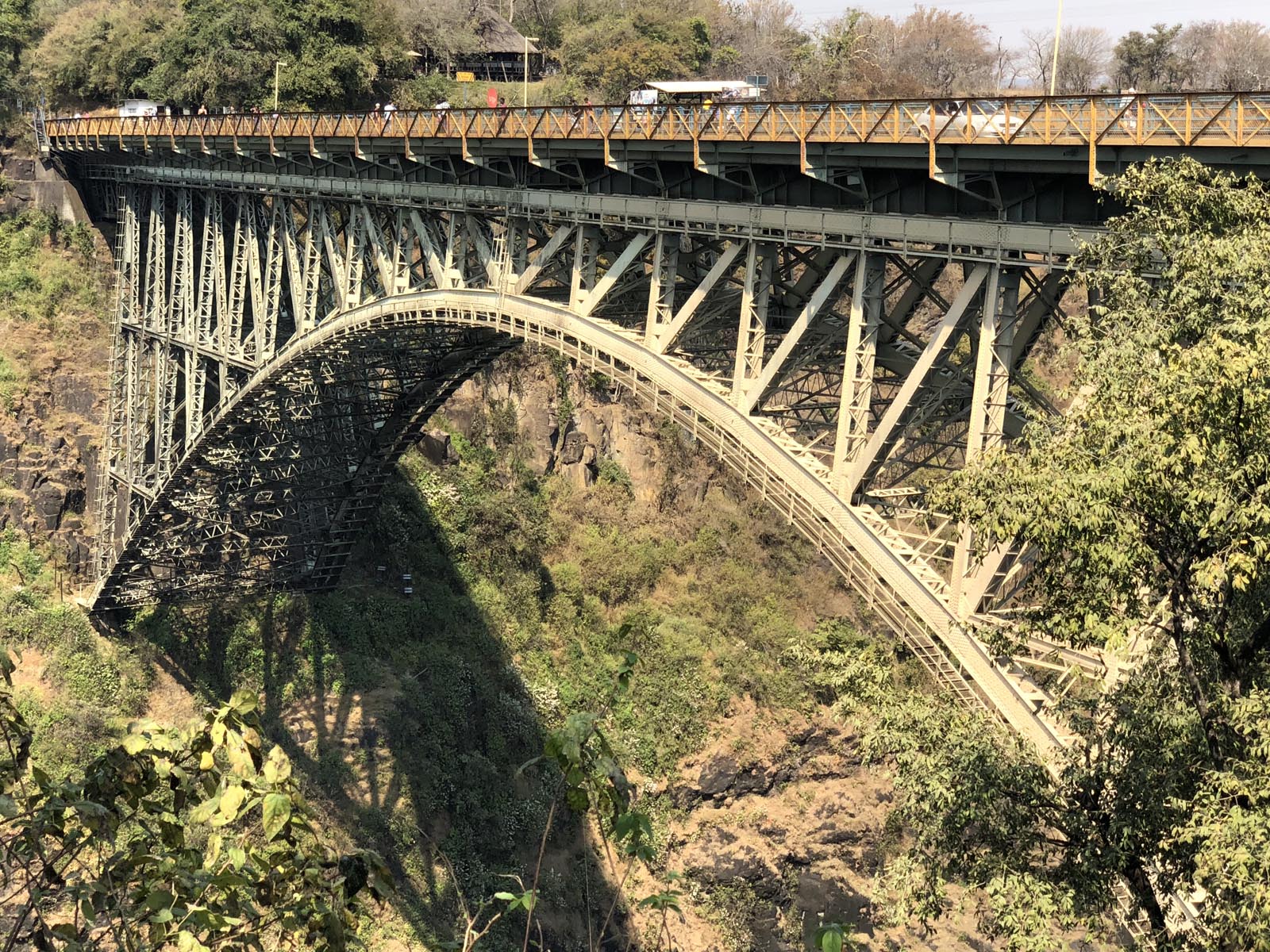
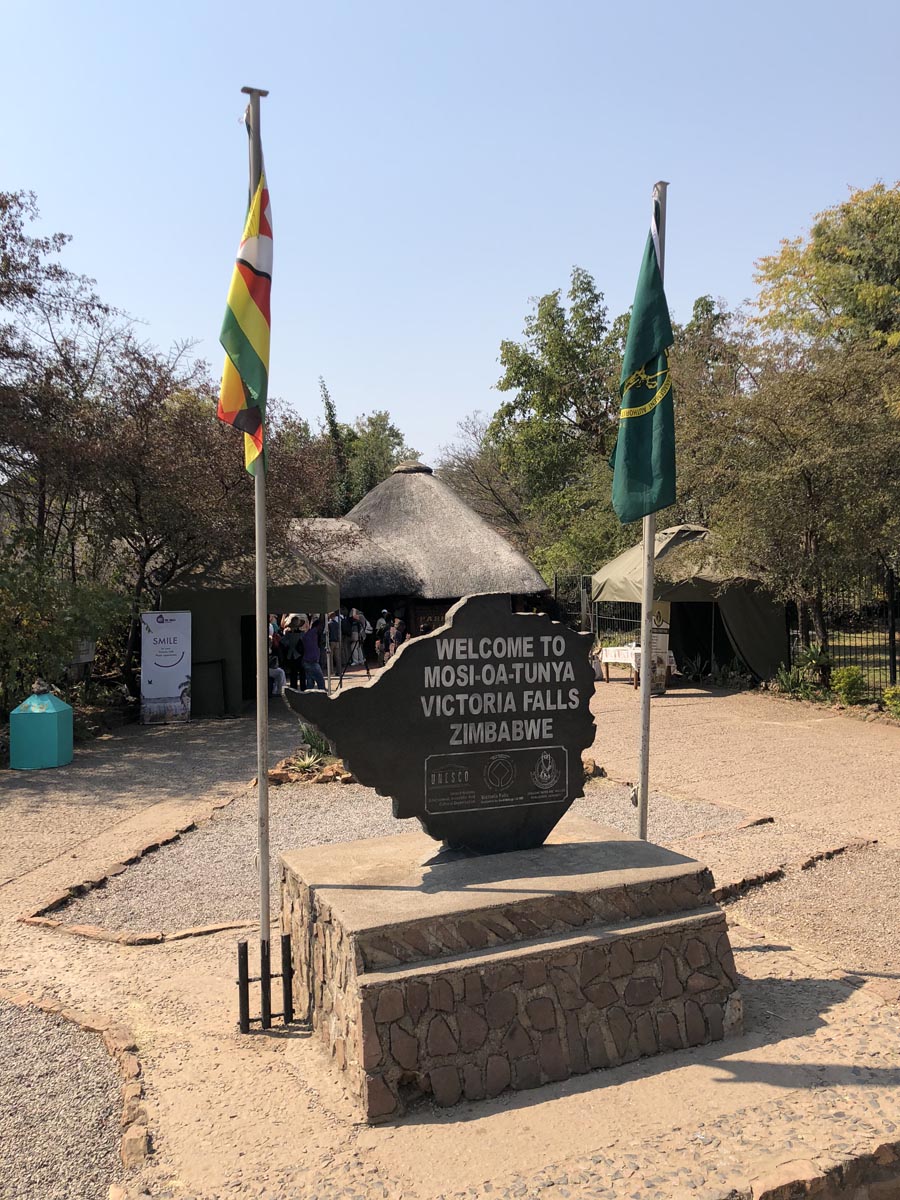
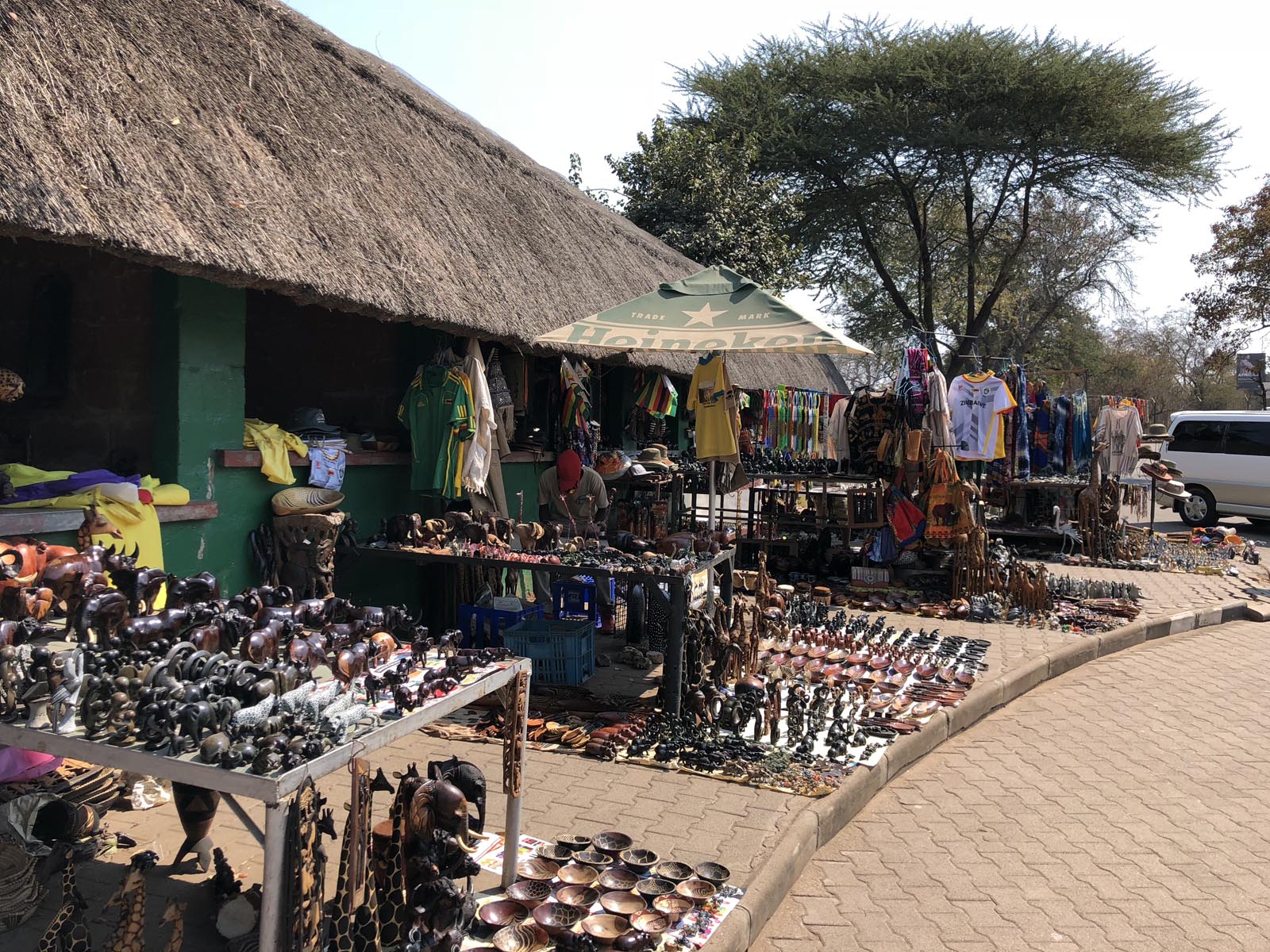
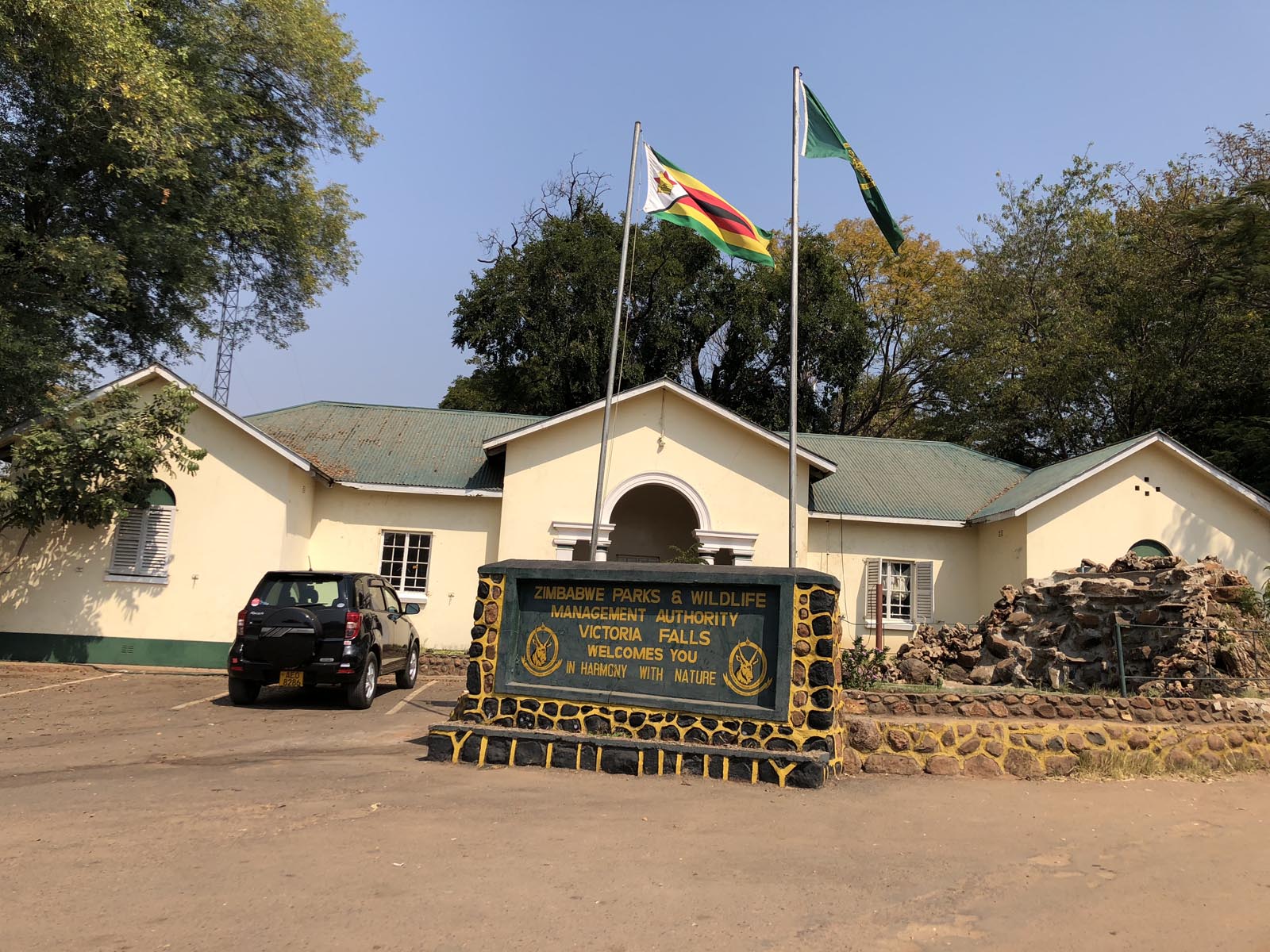
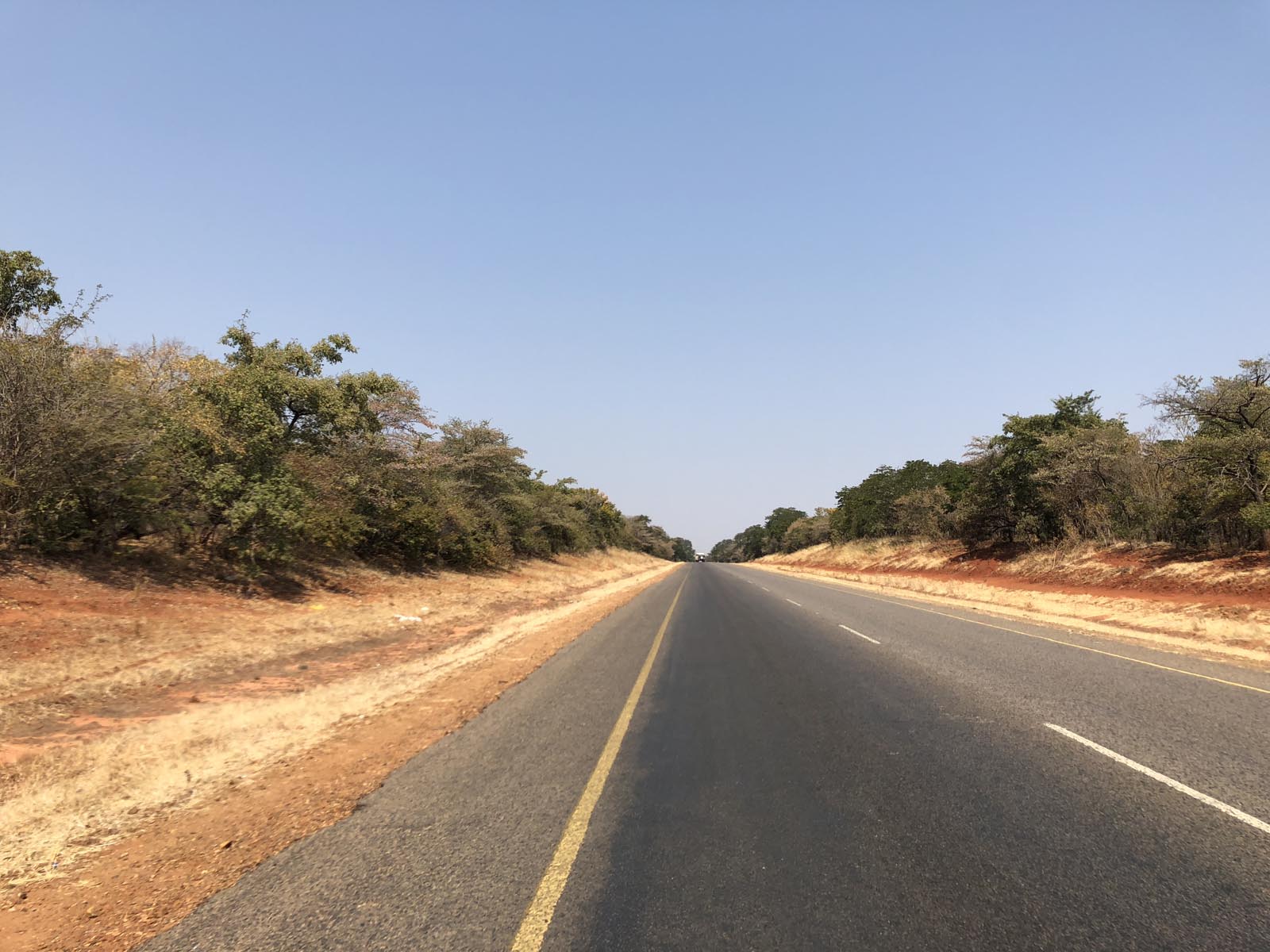
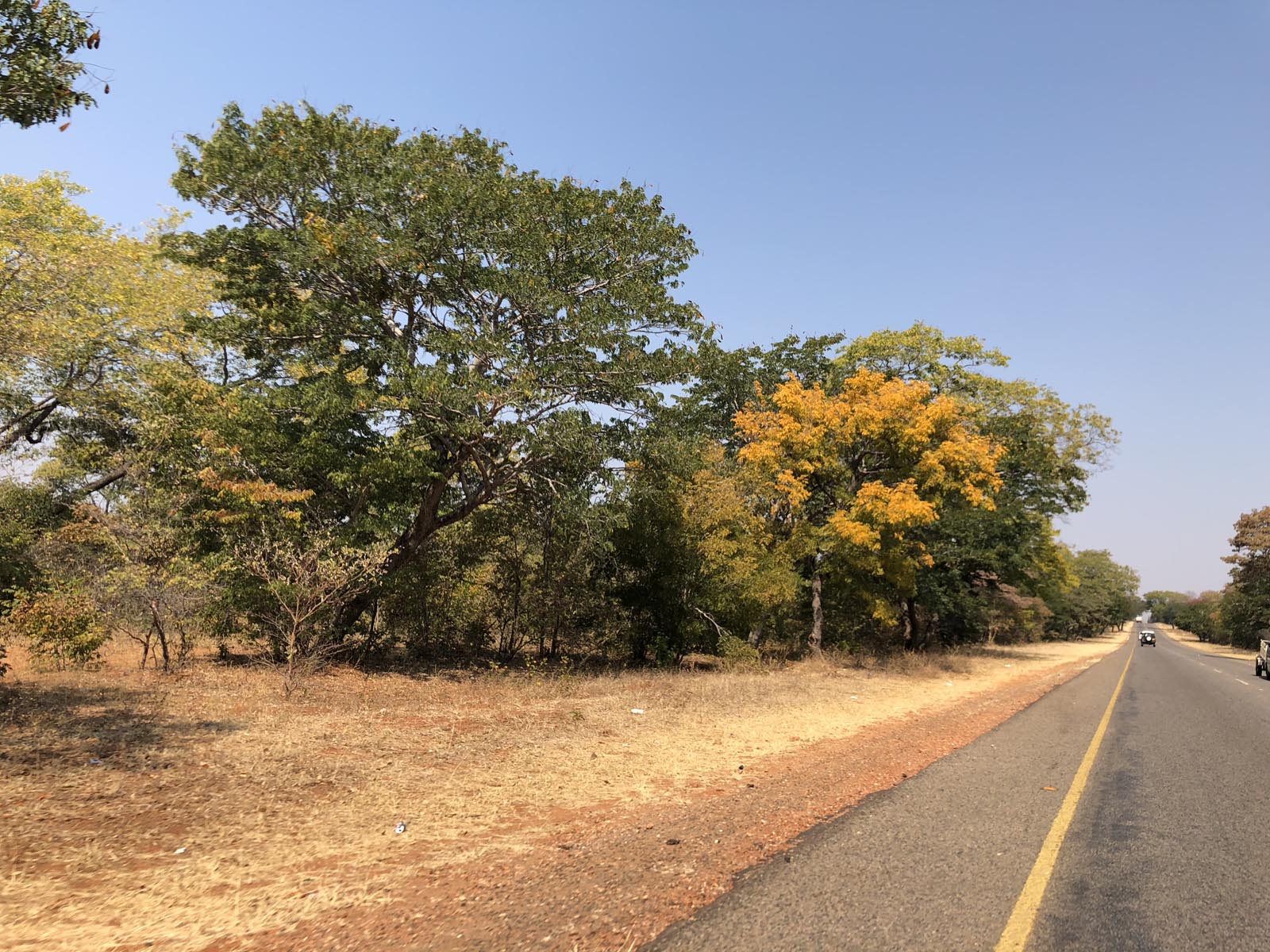
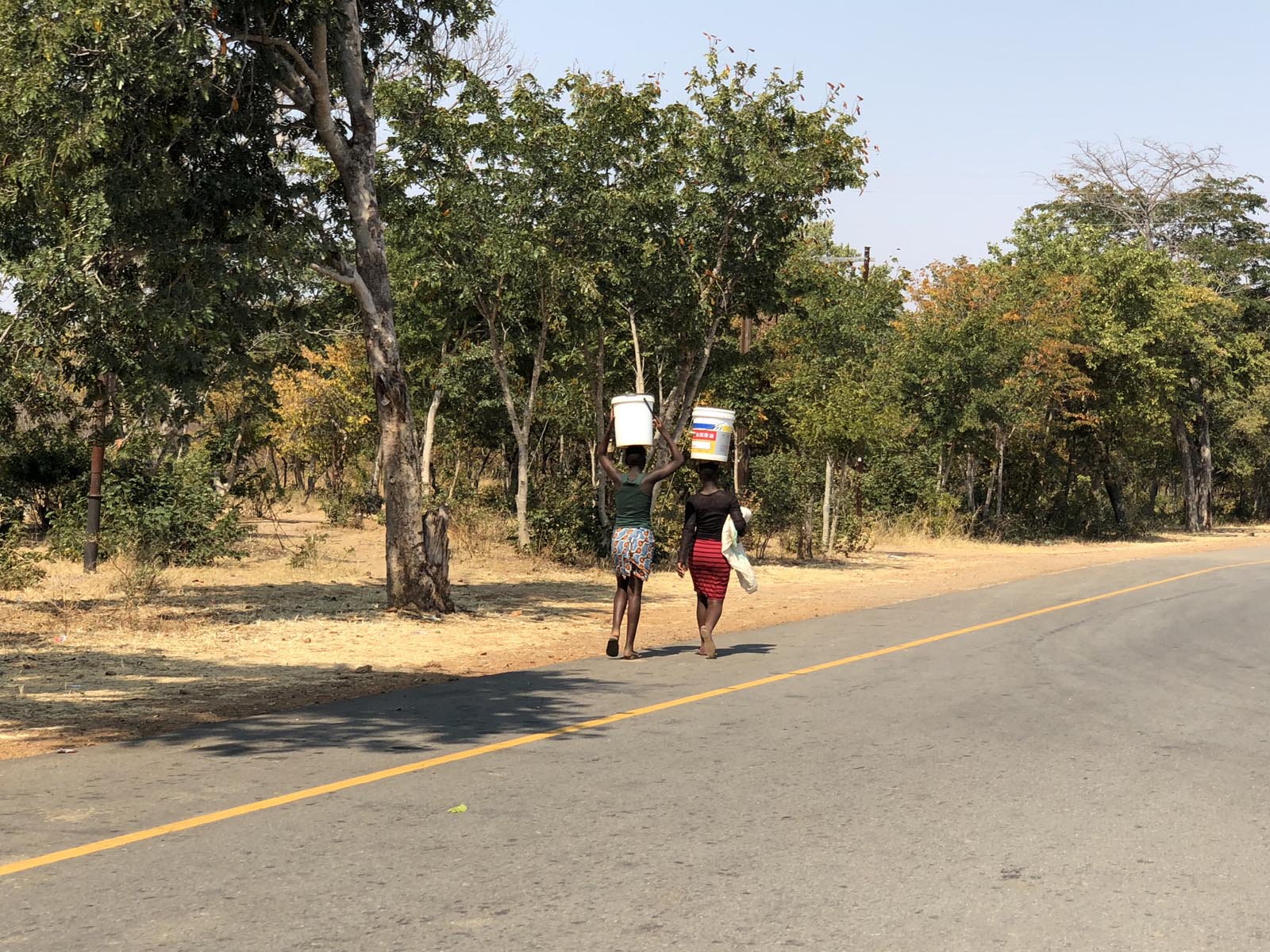

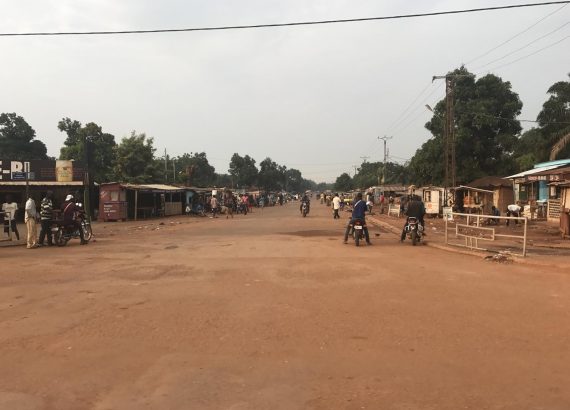
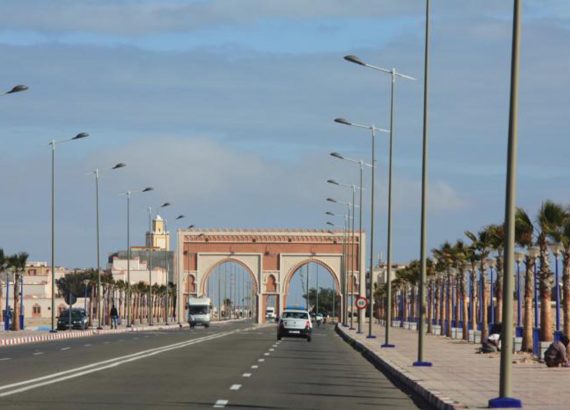
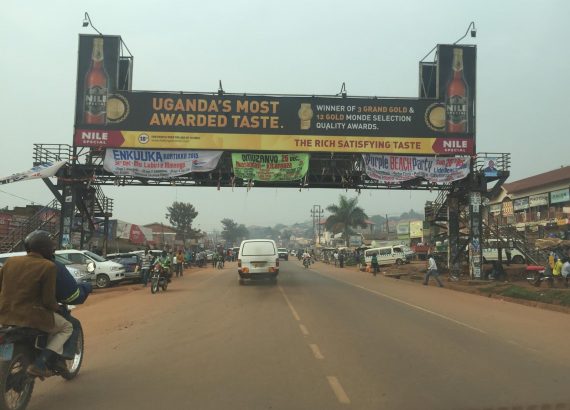
No Comments